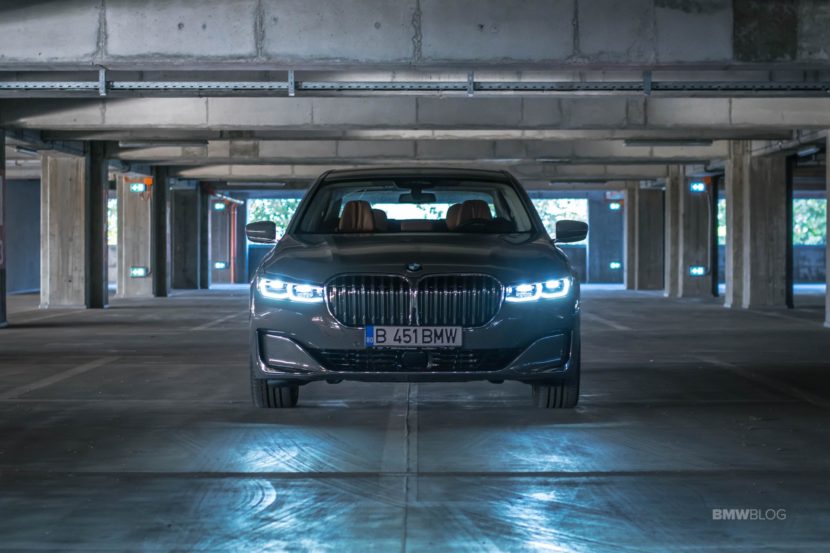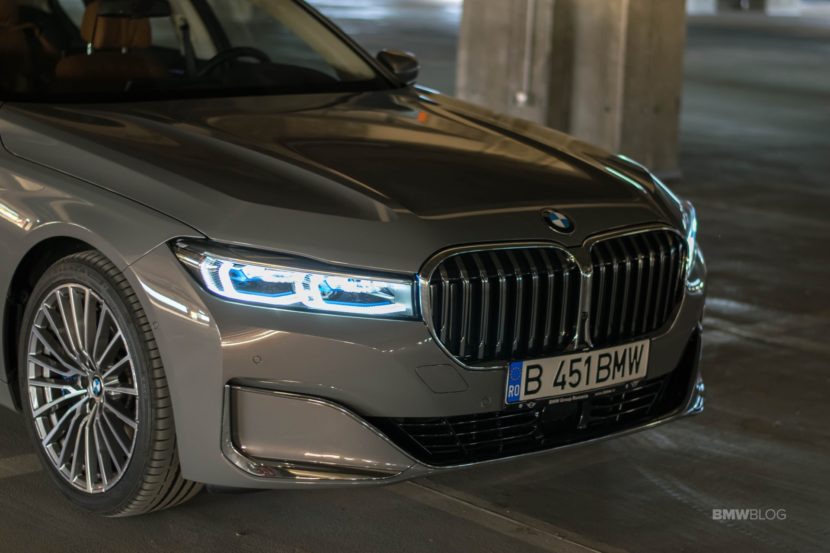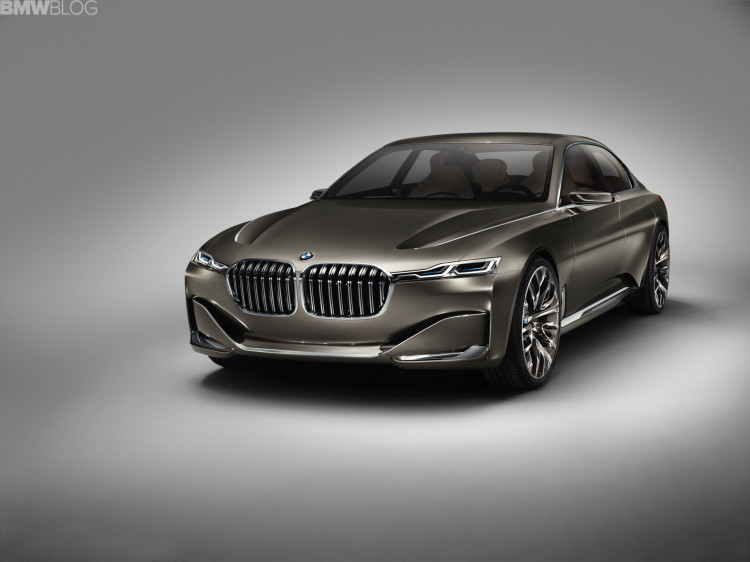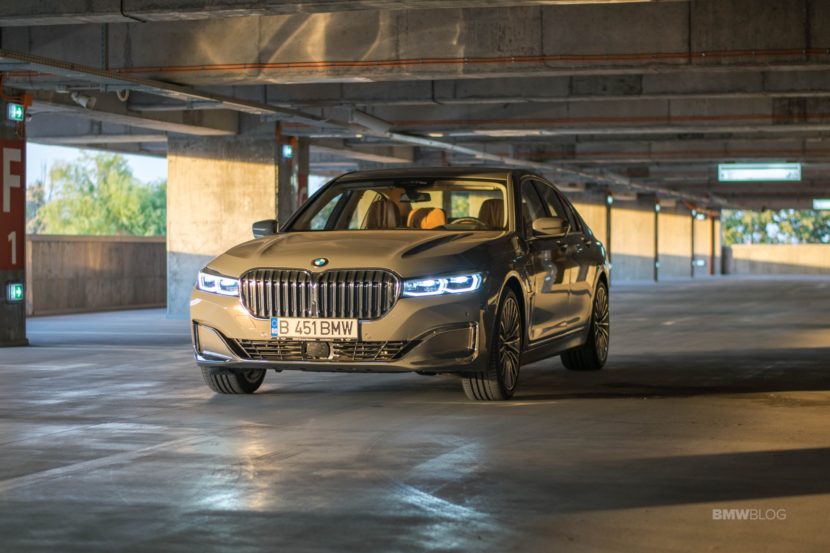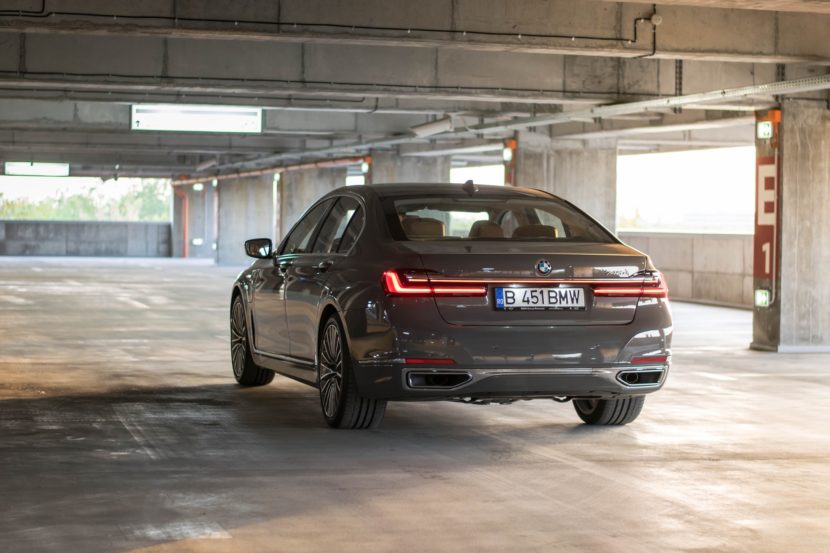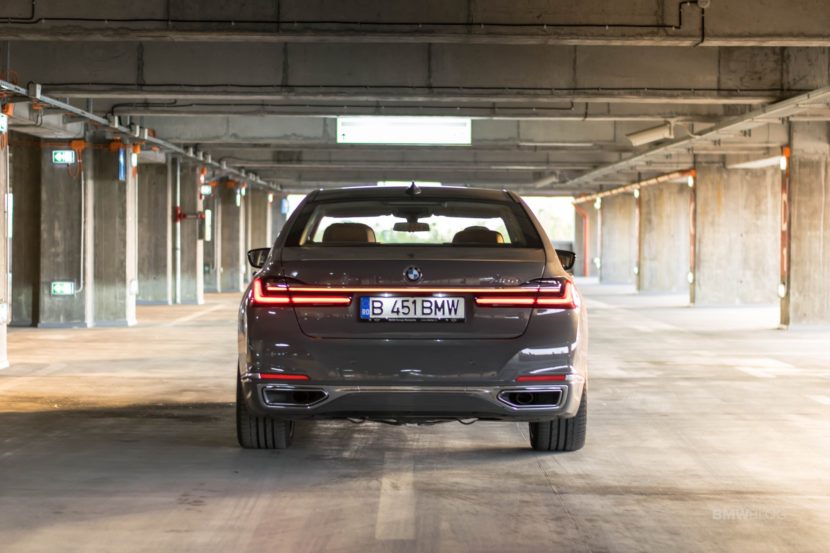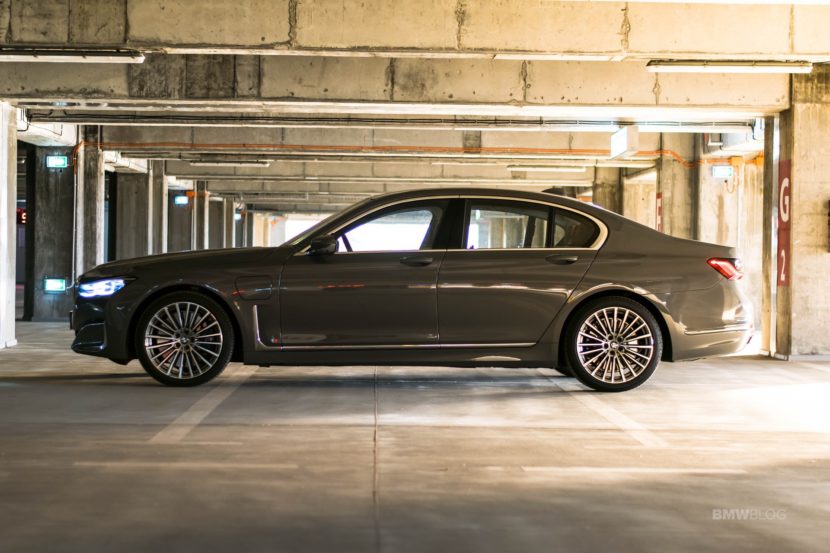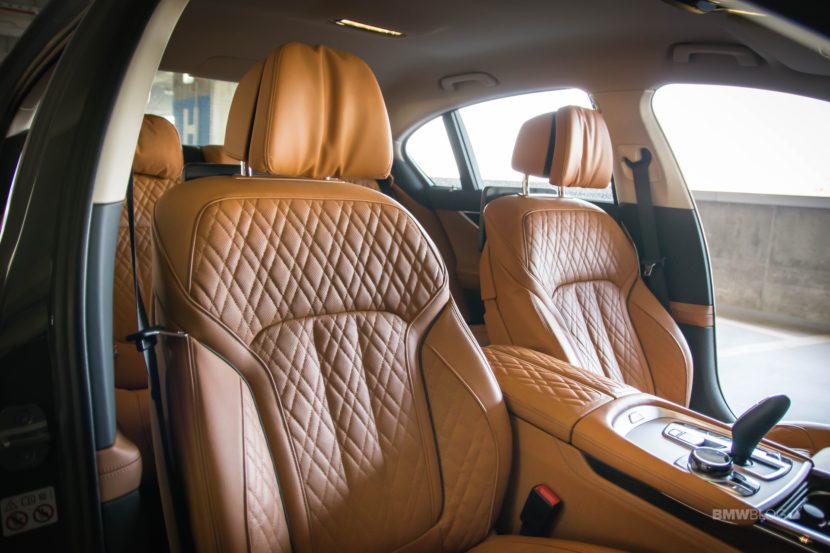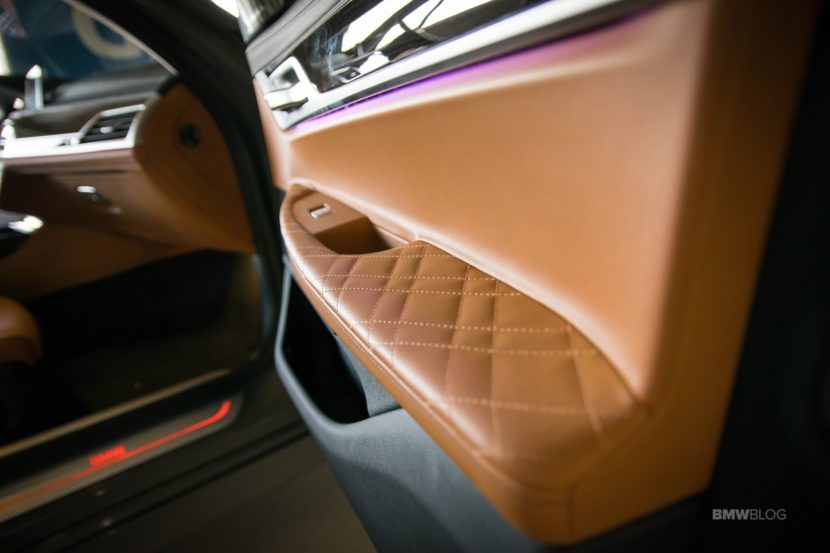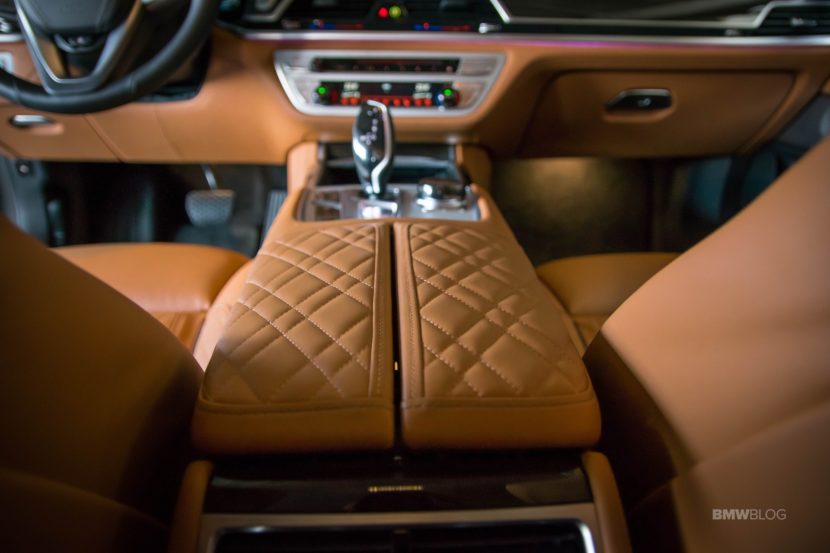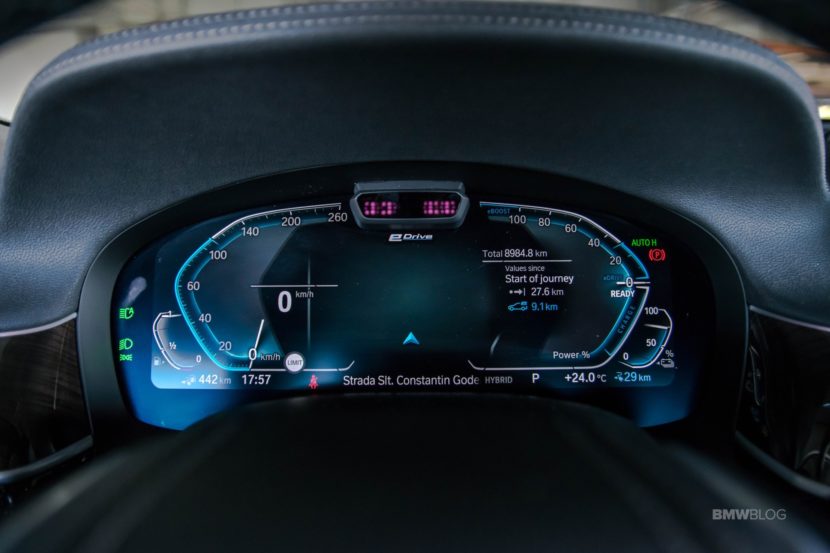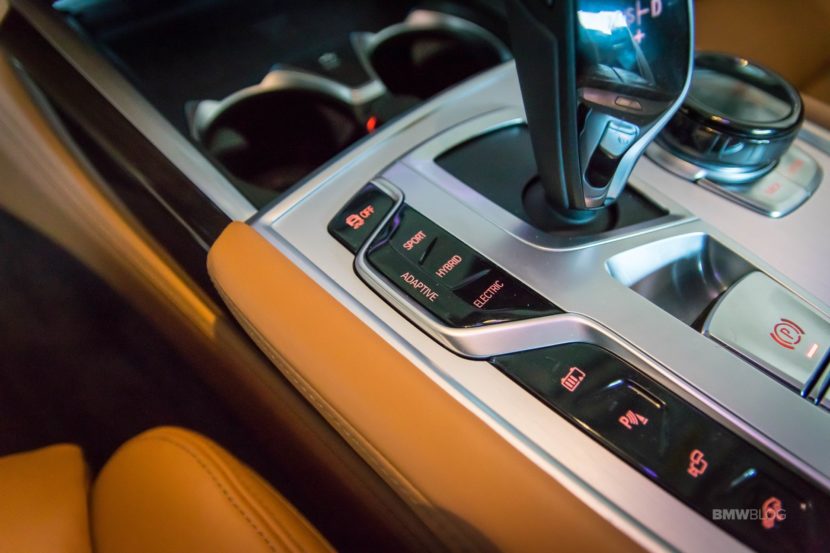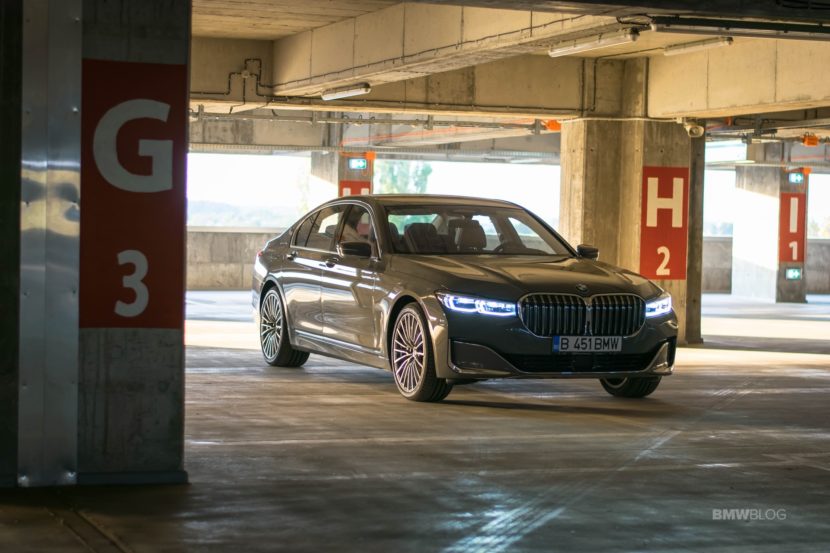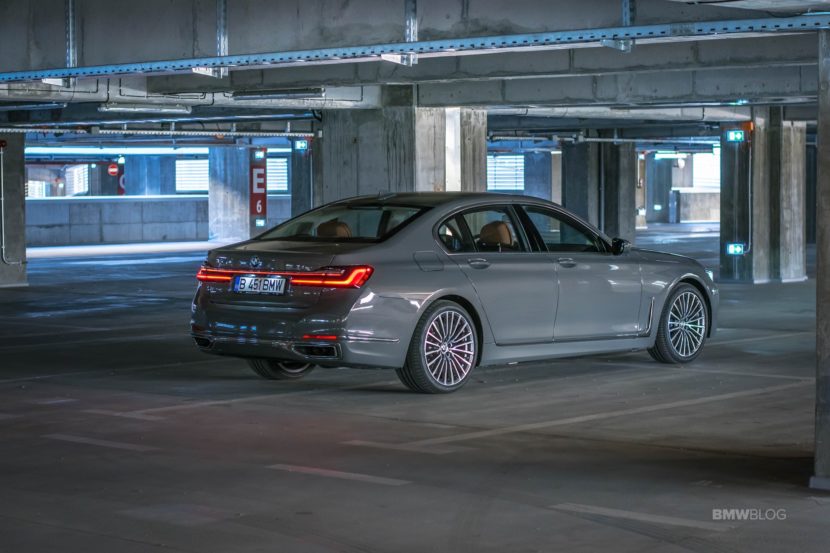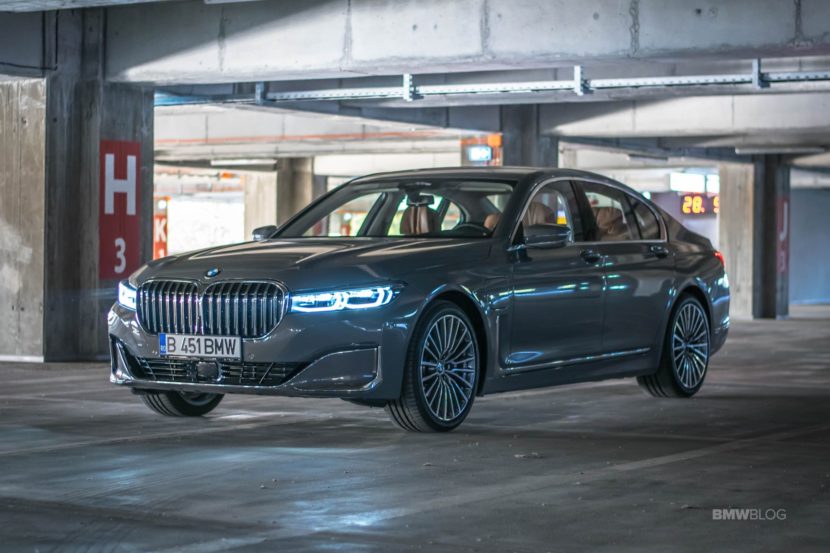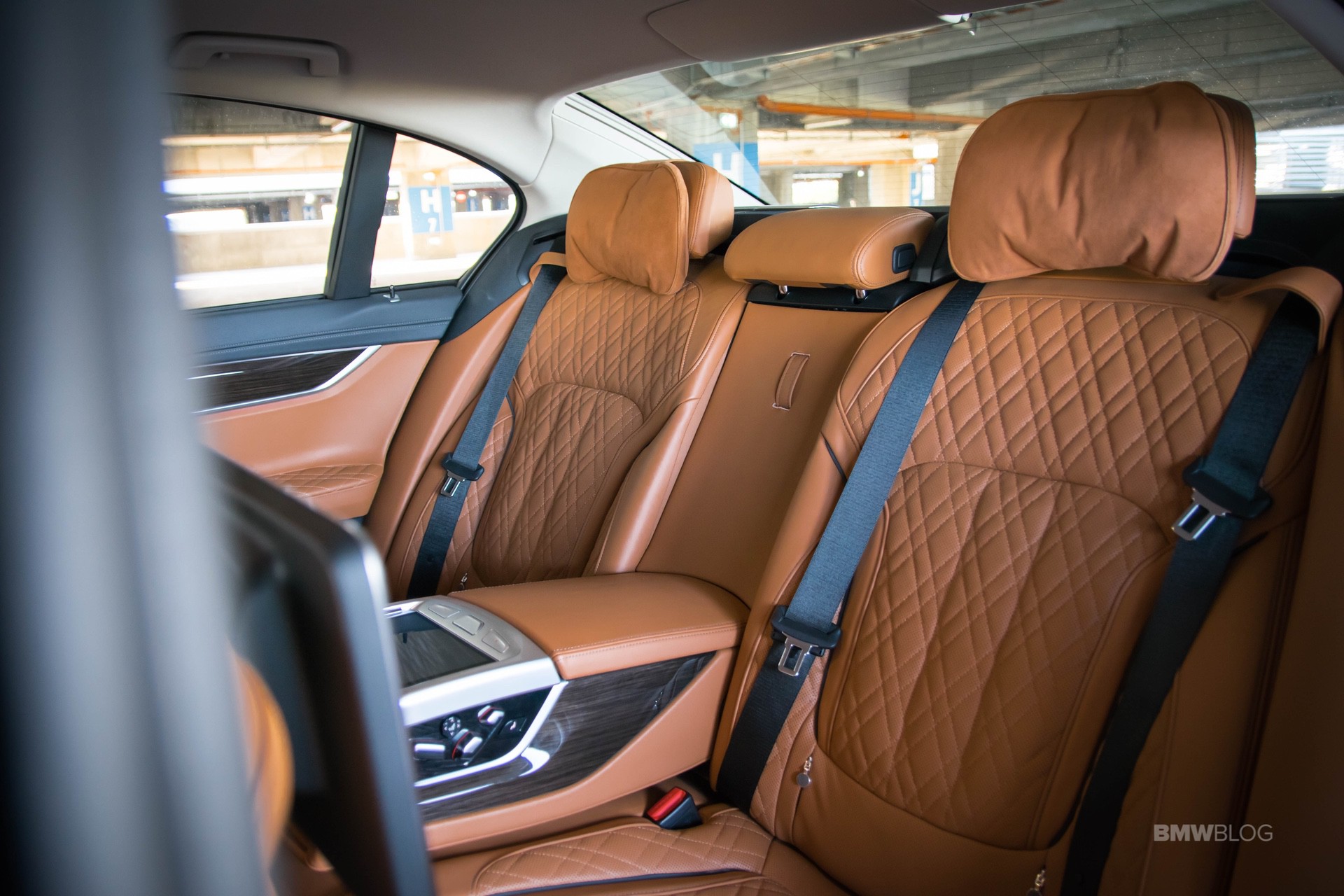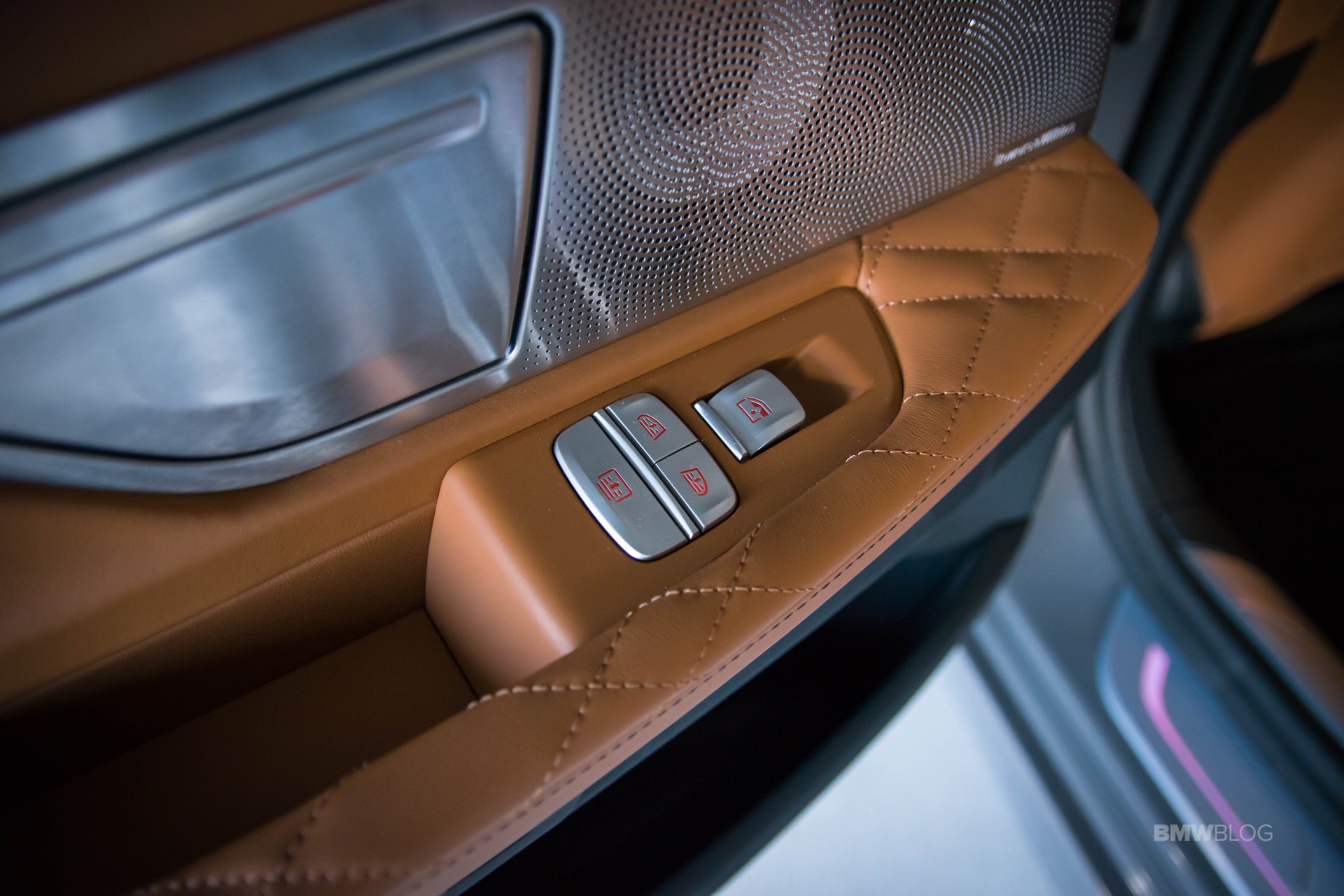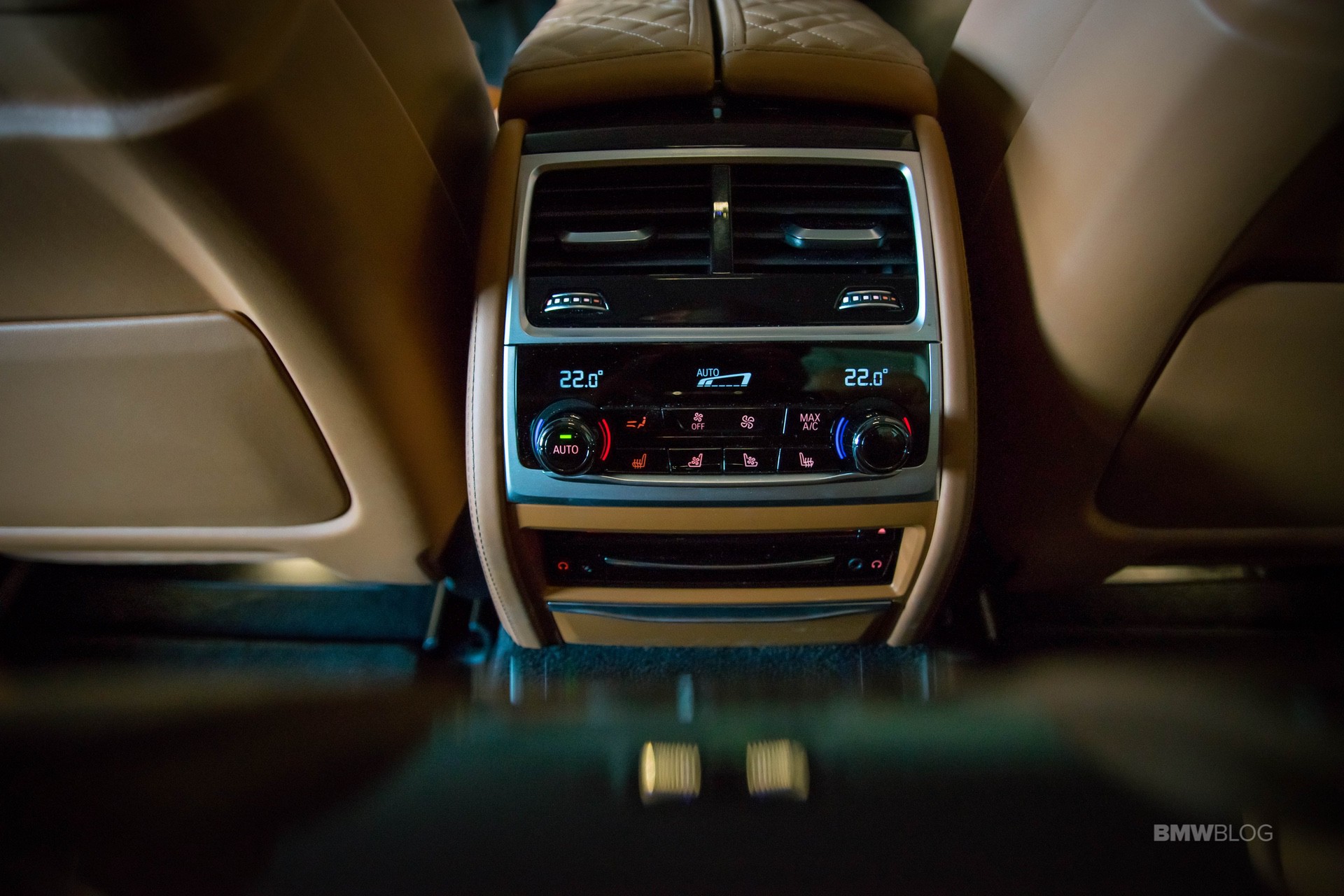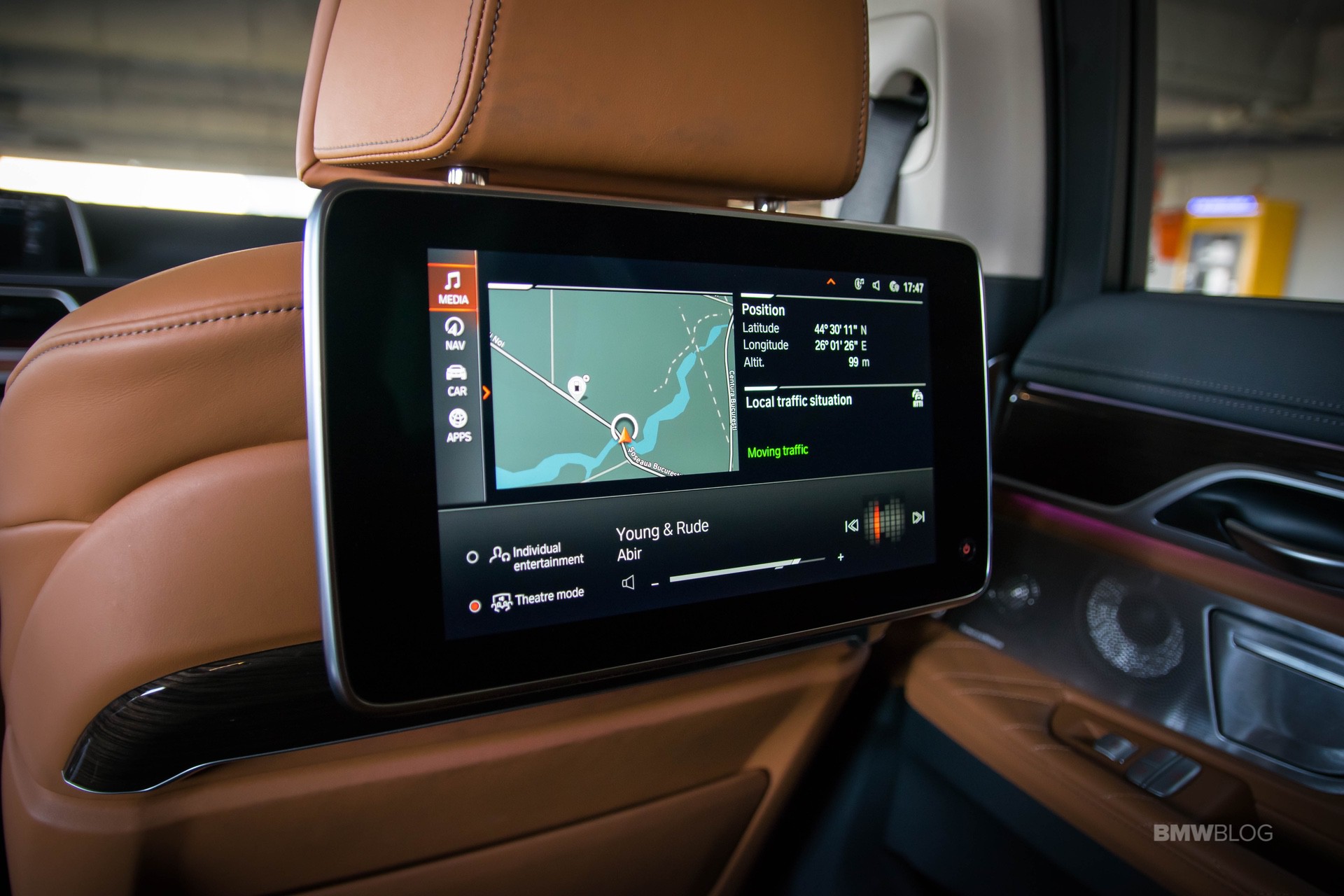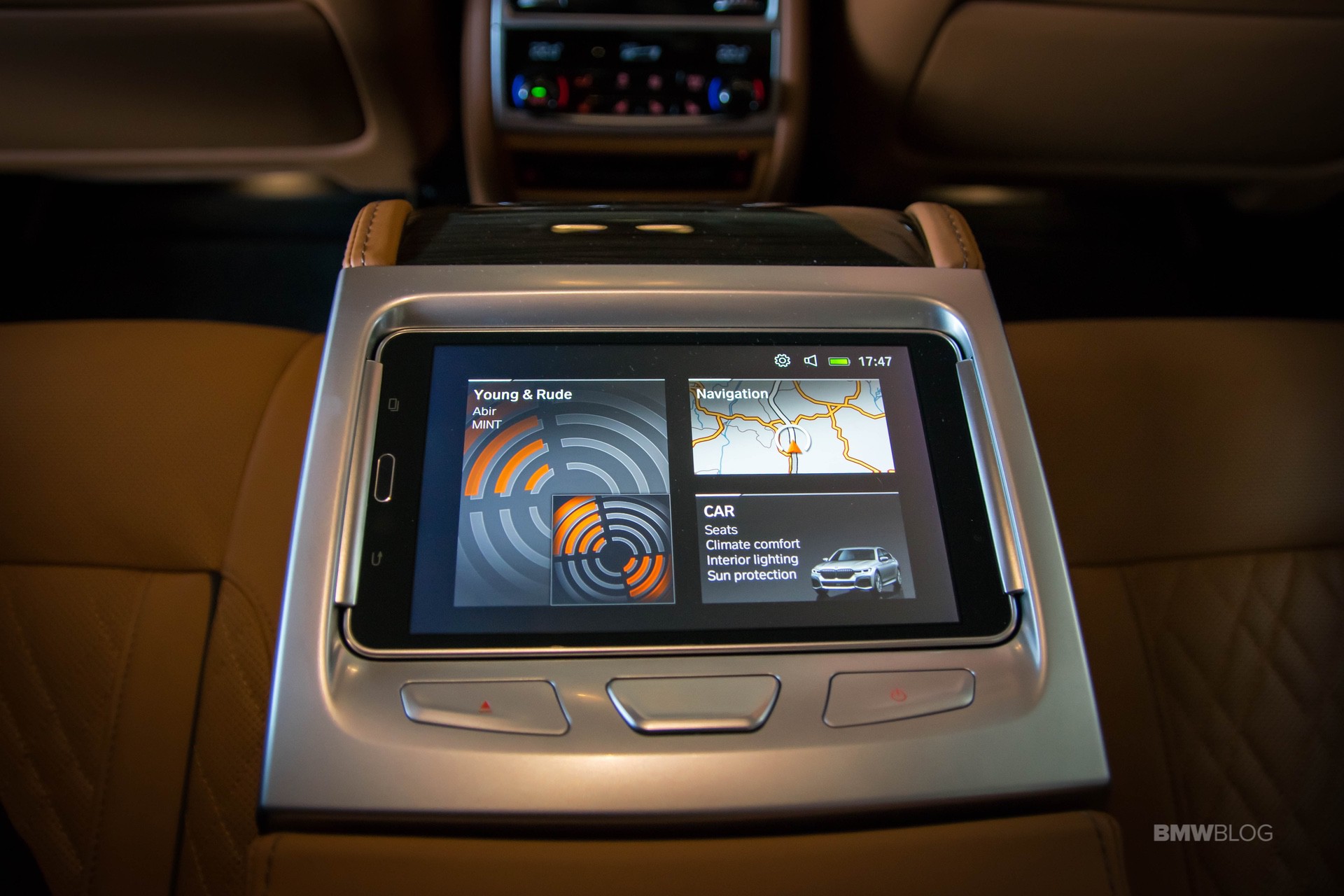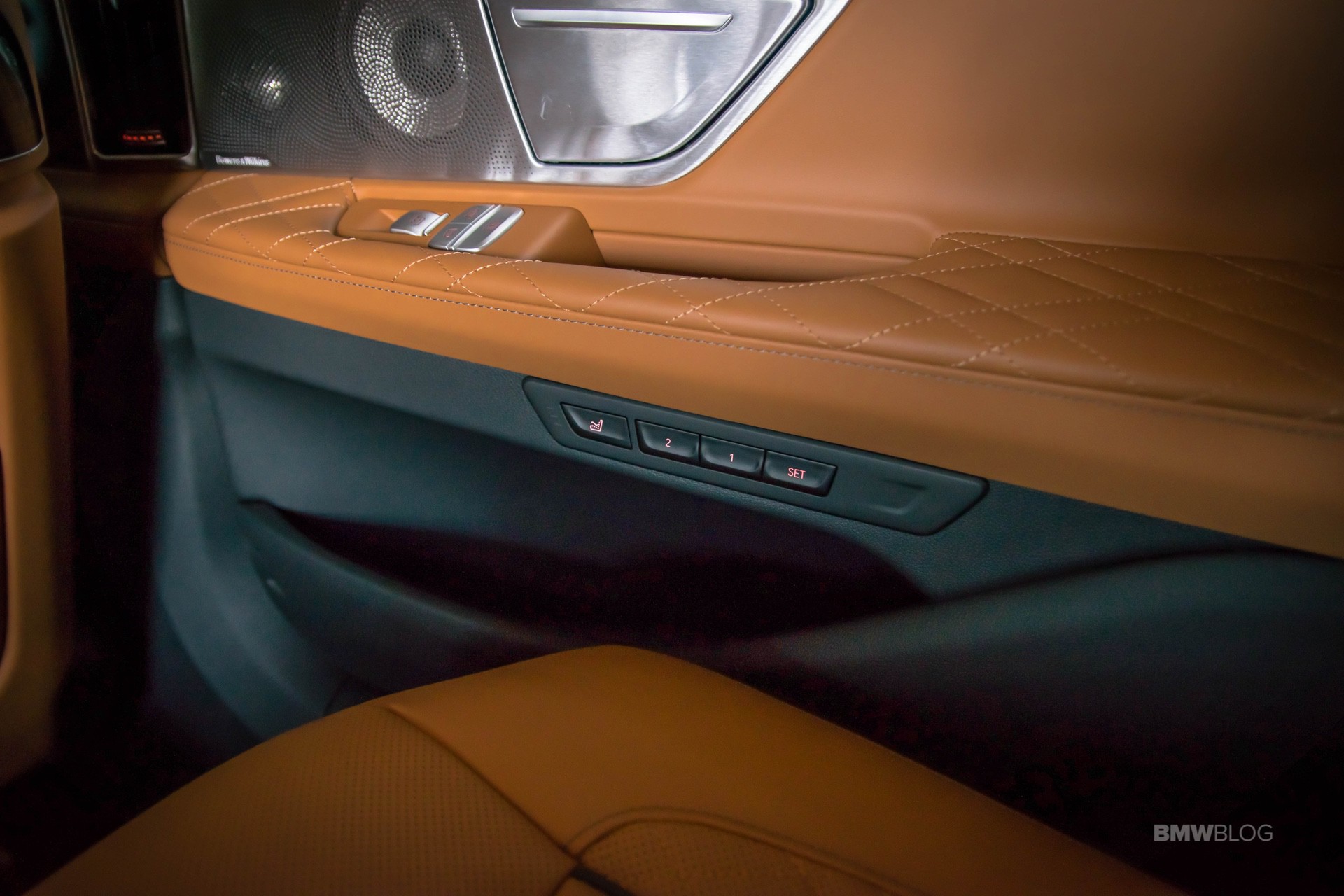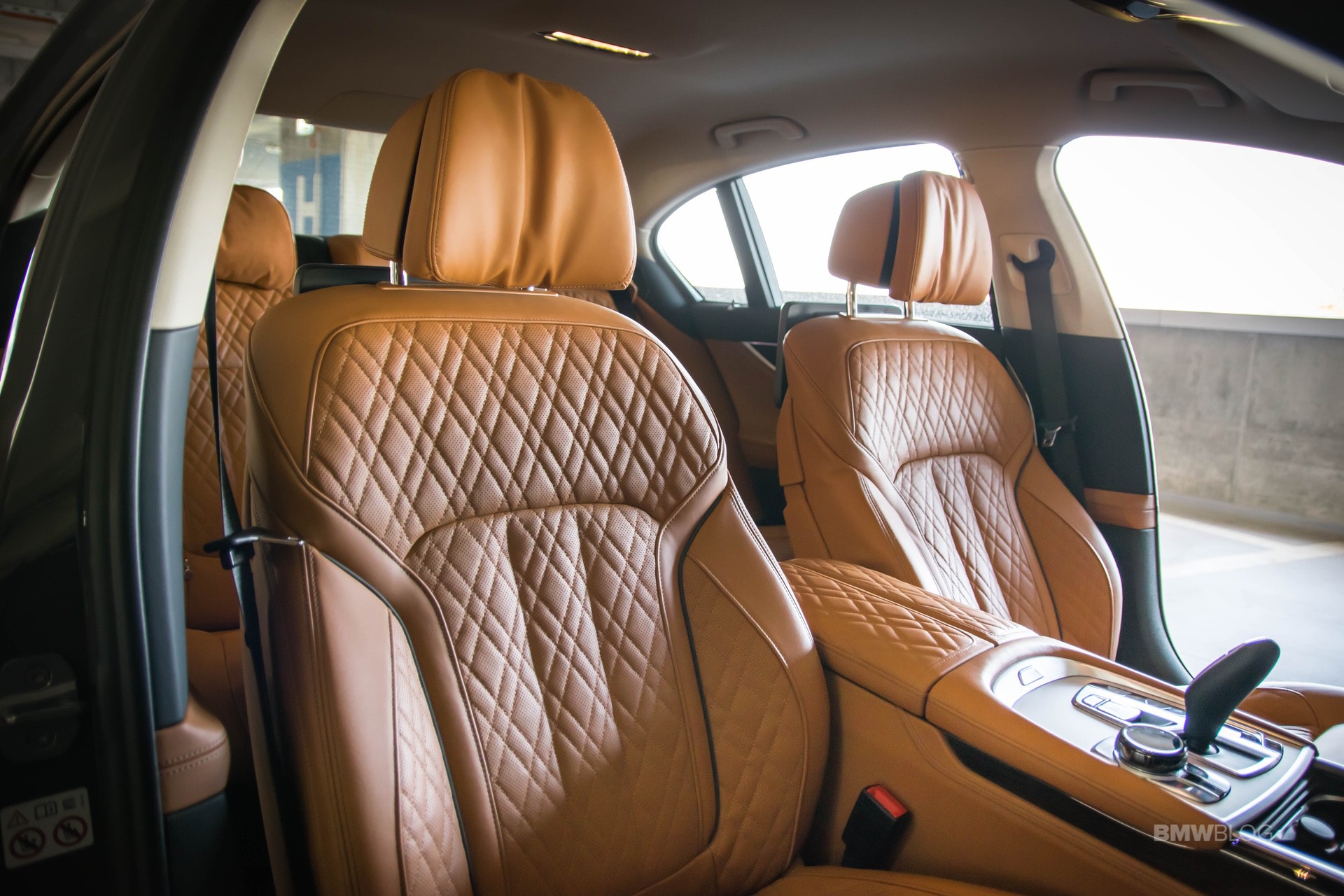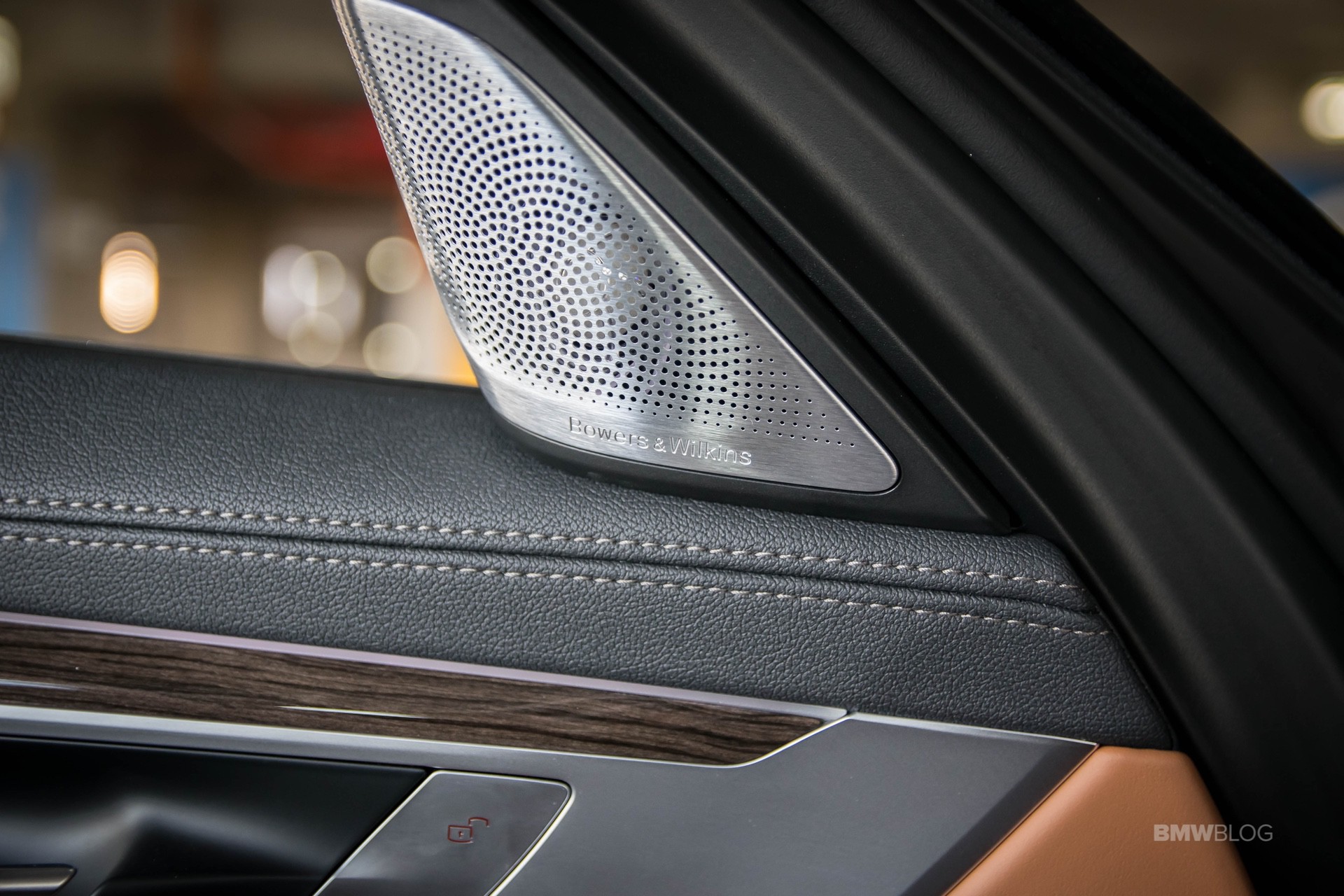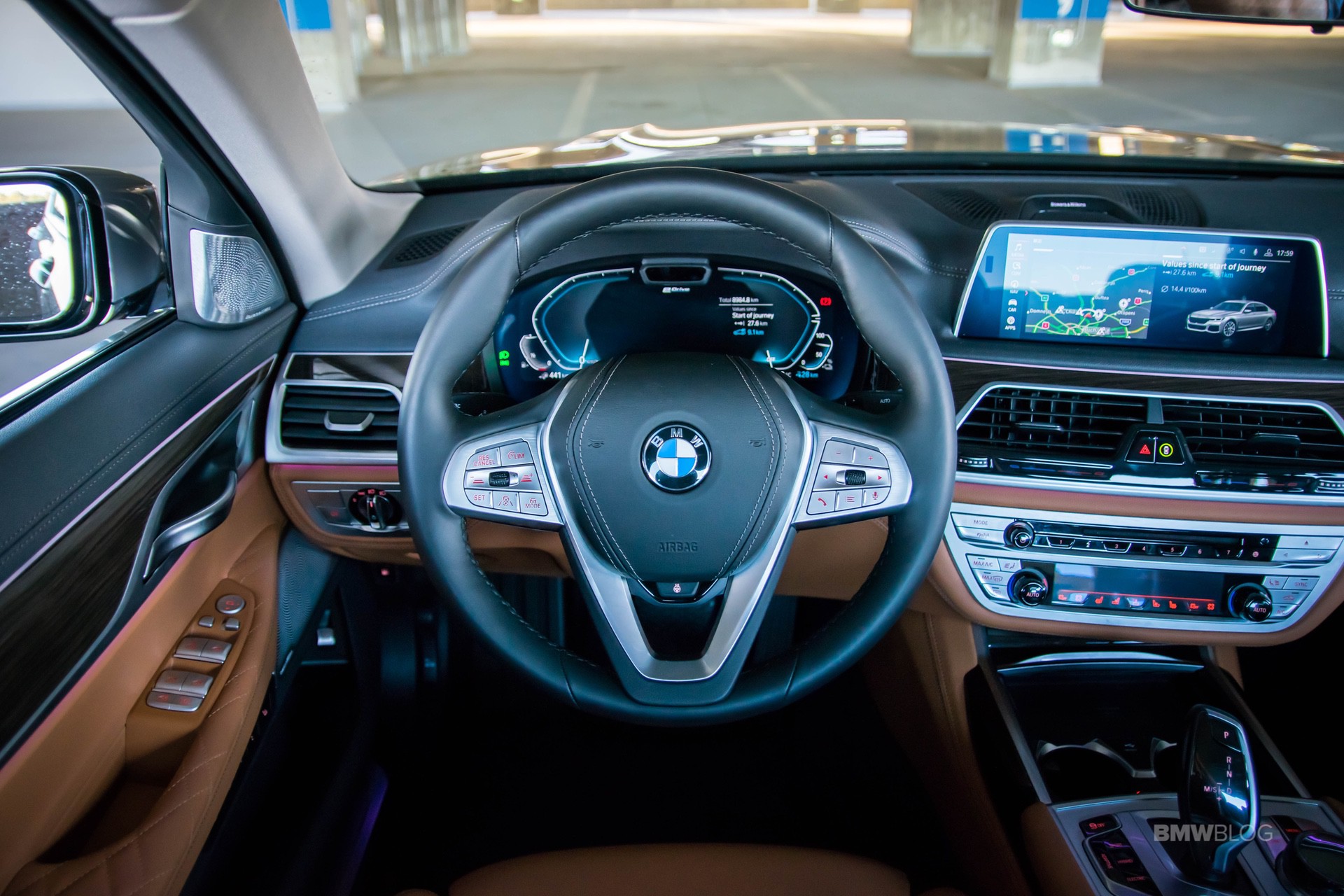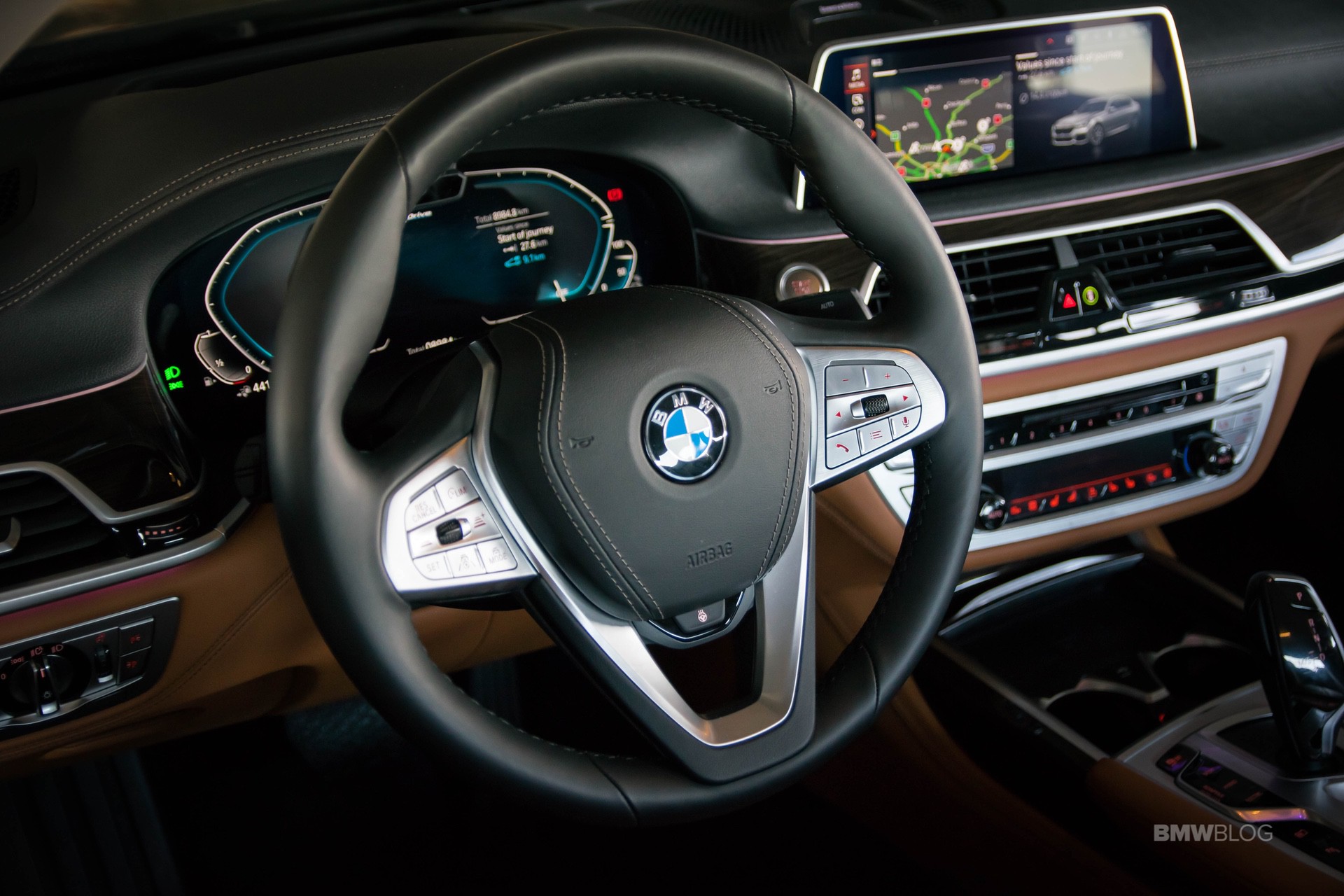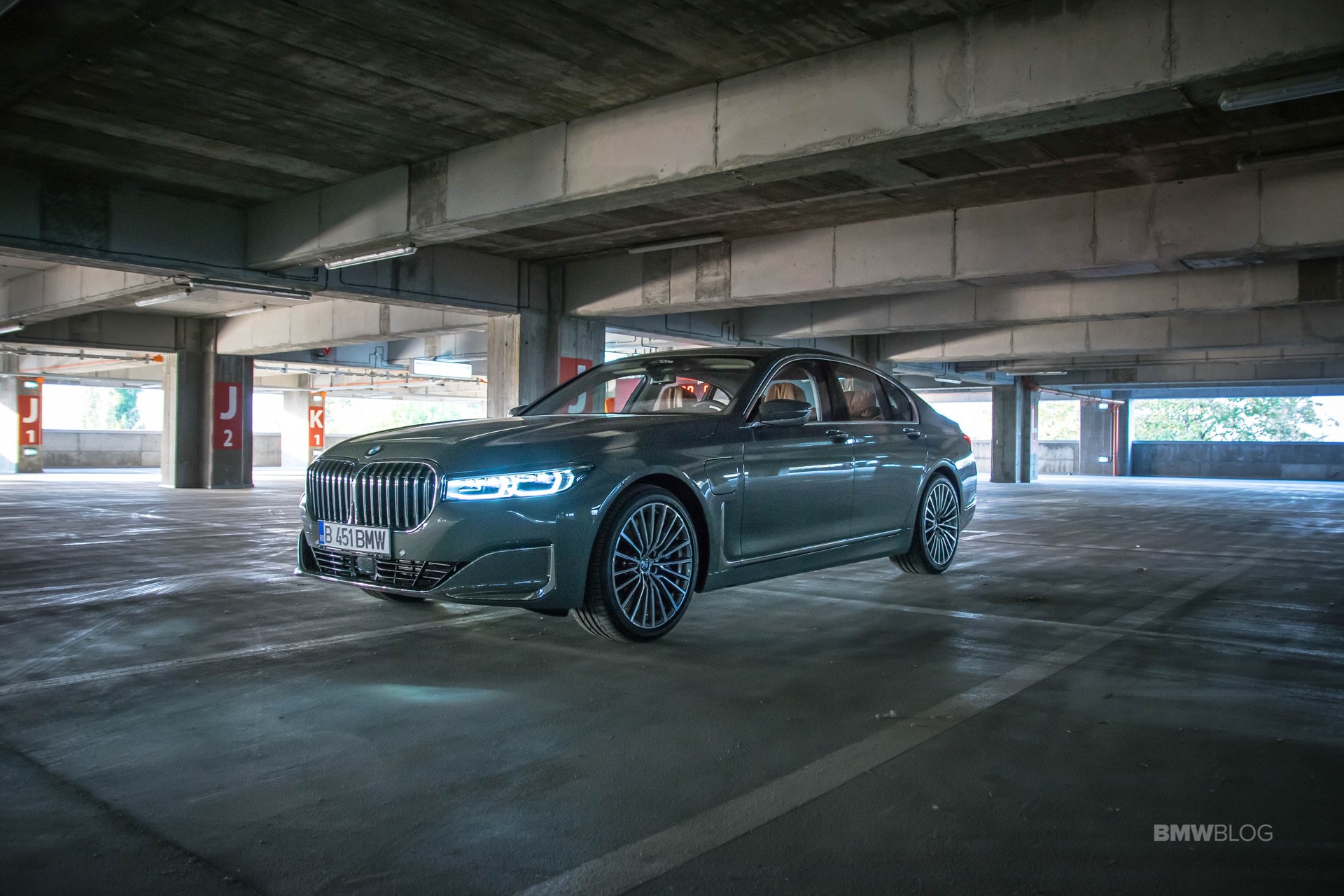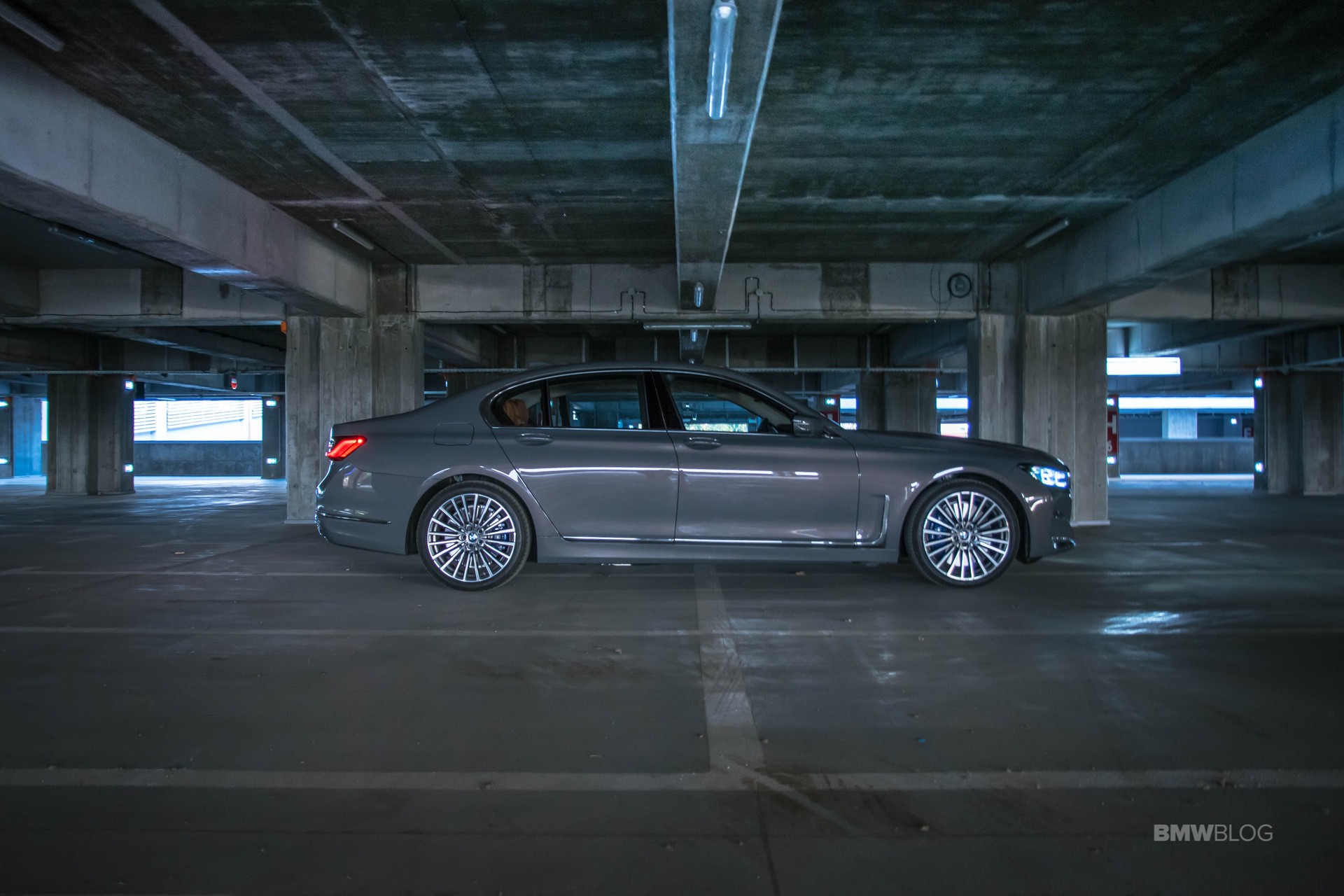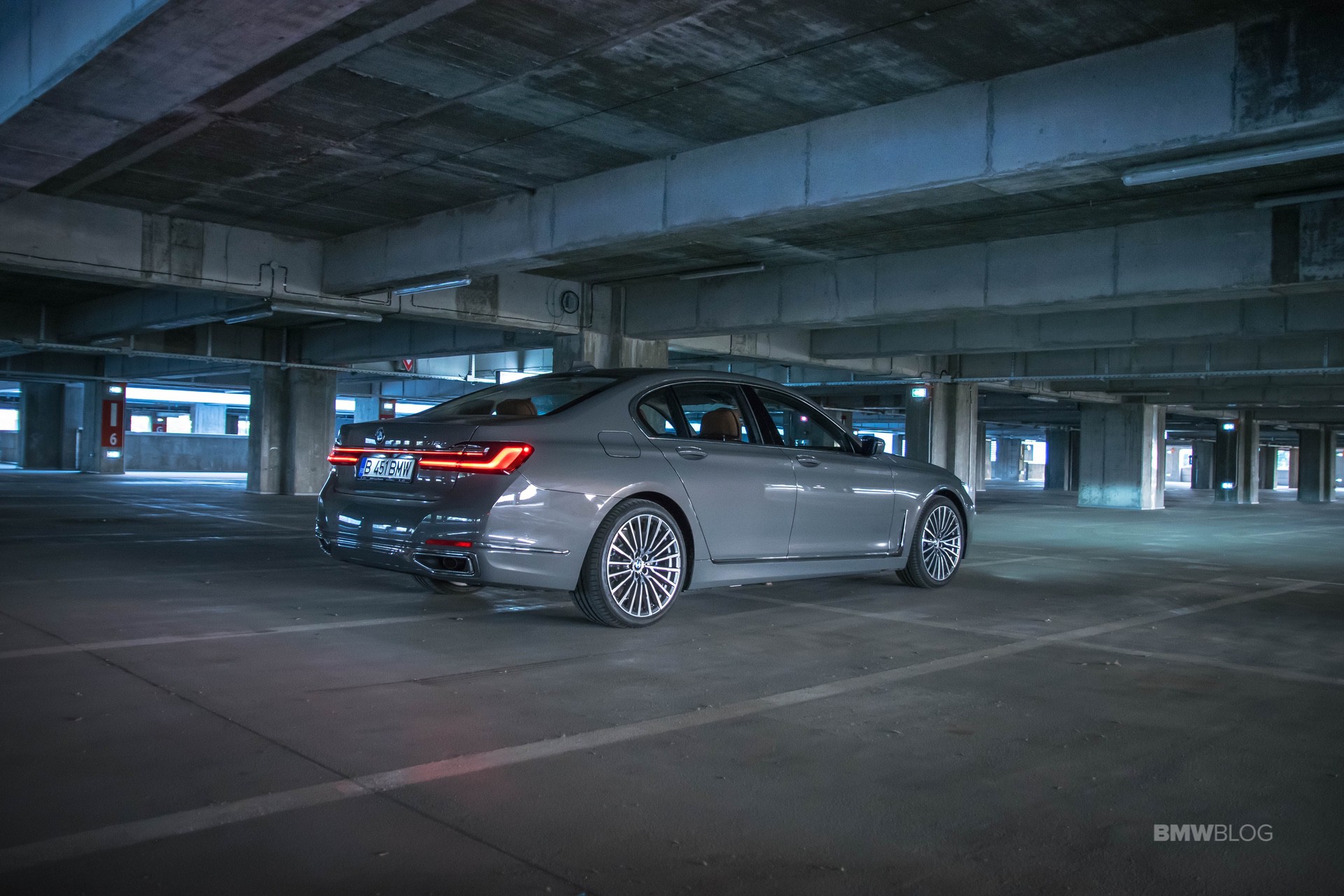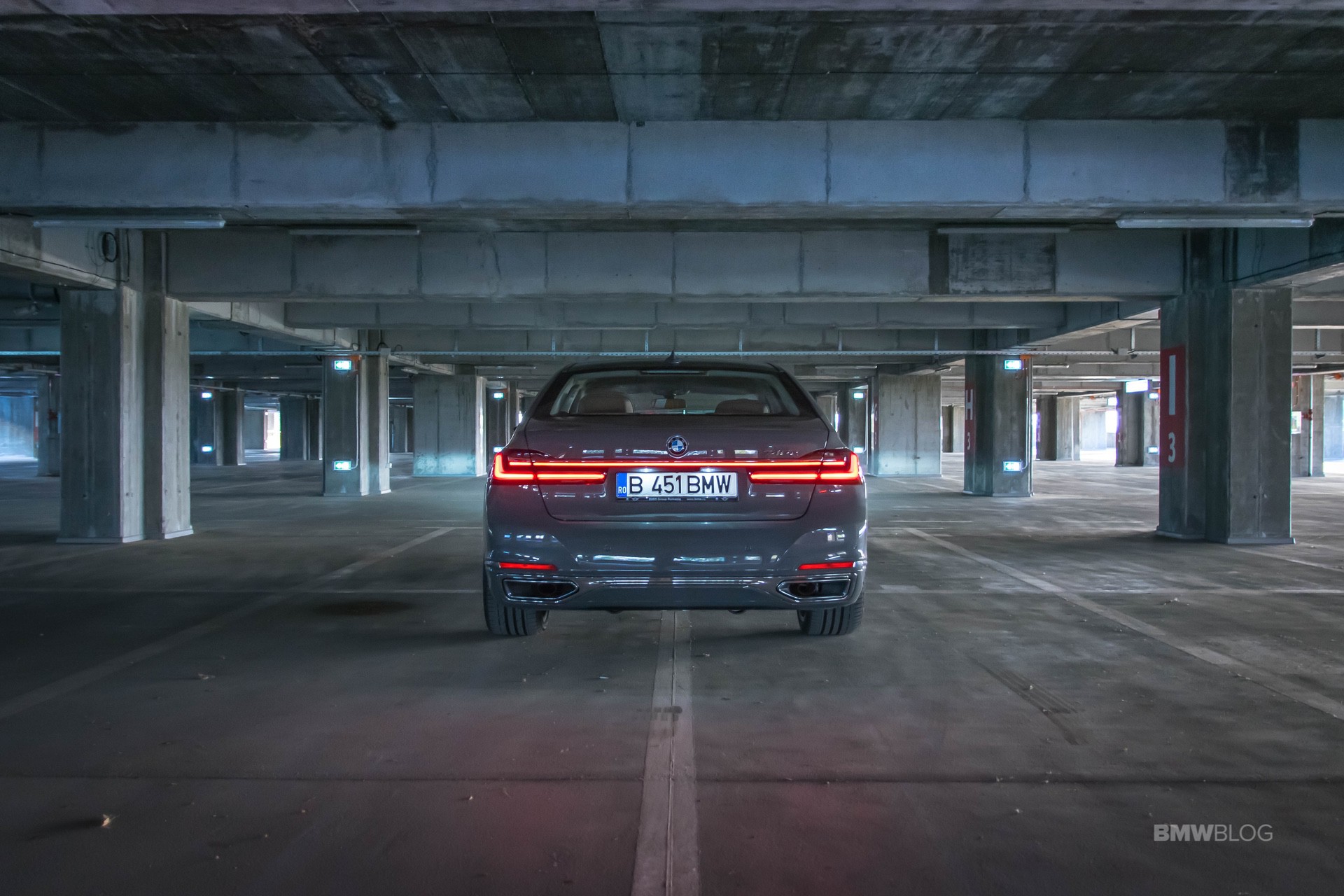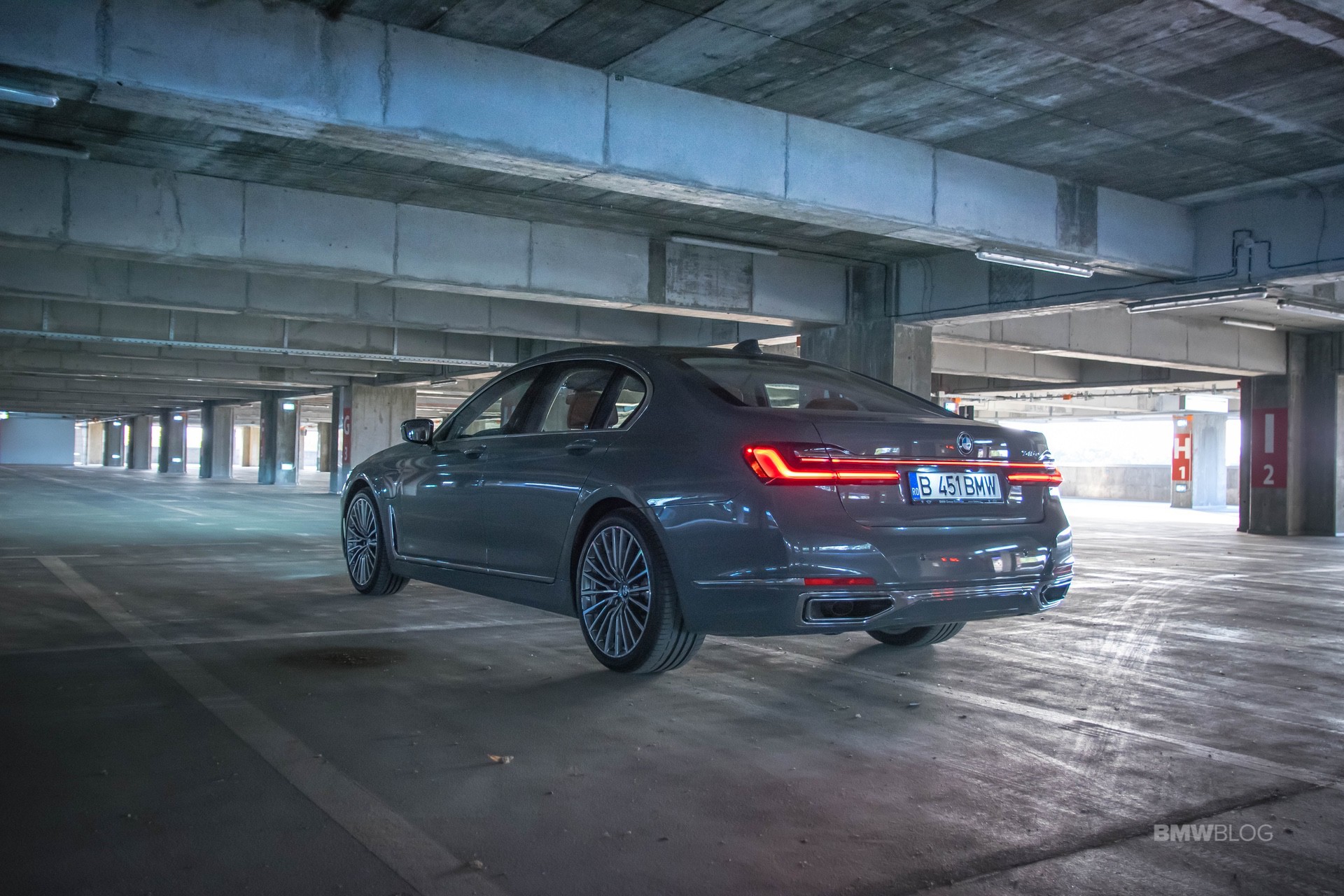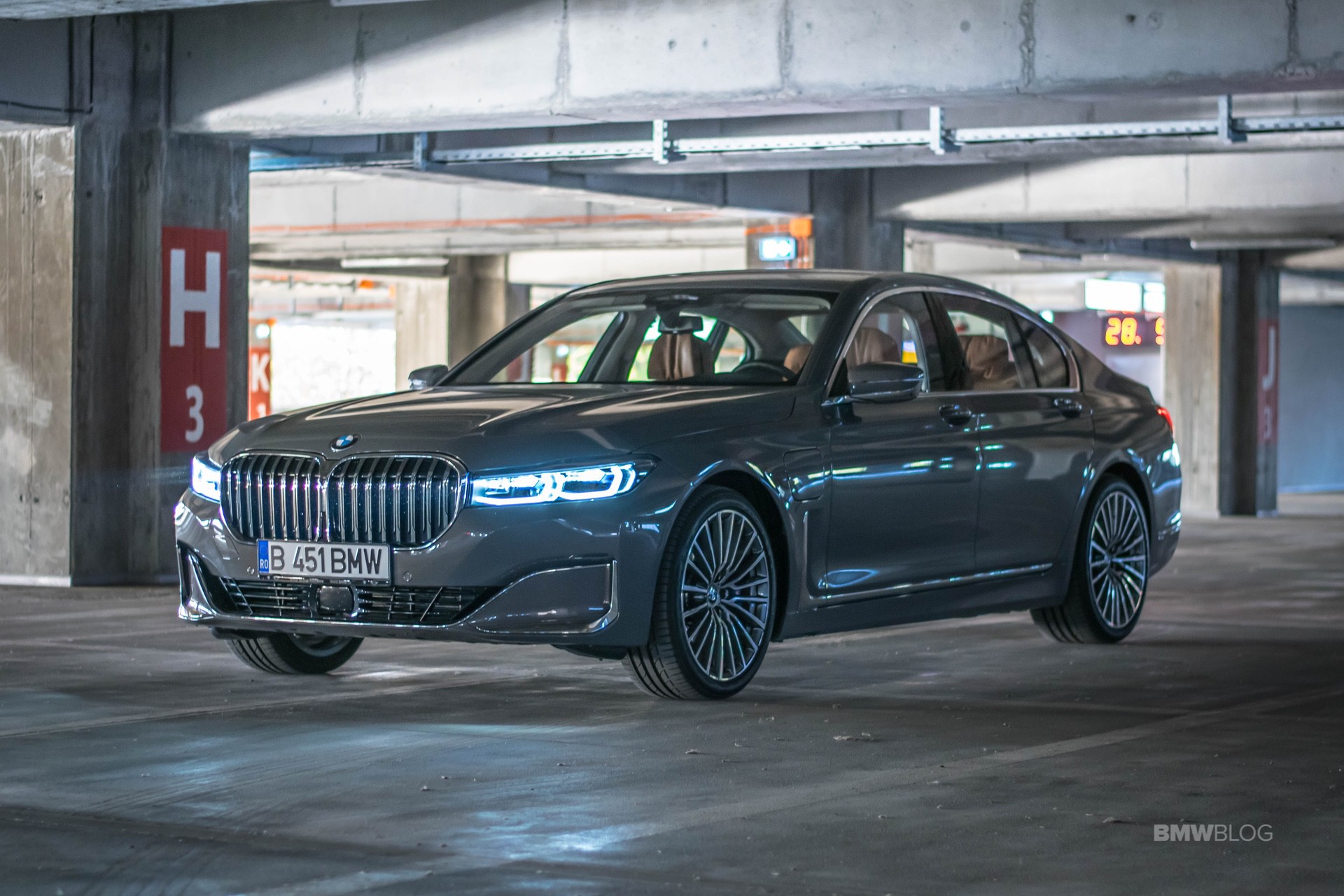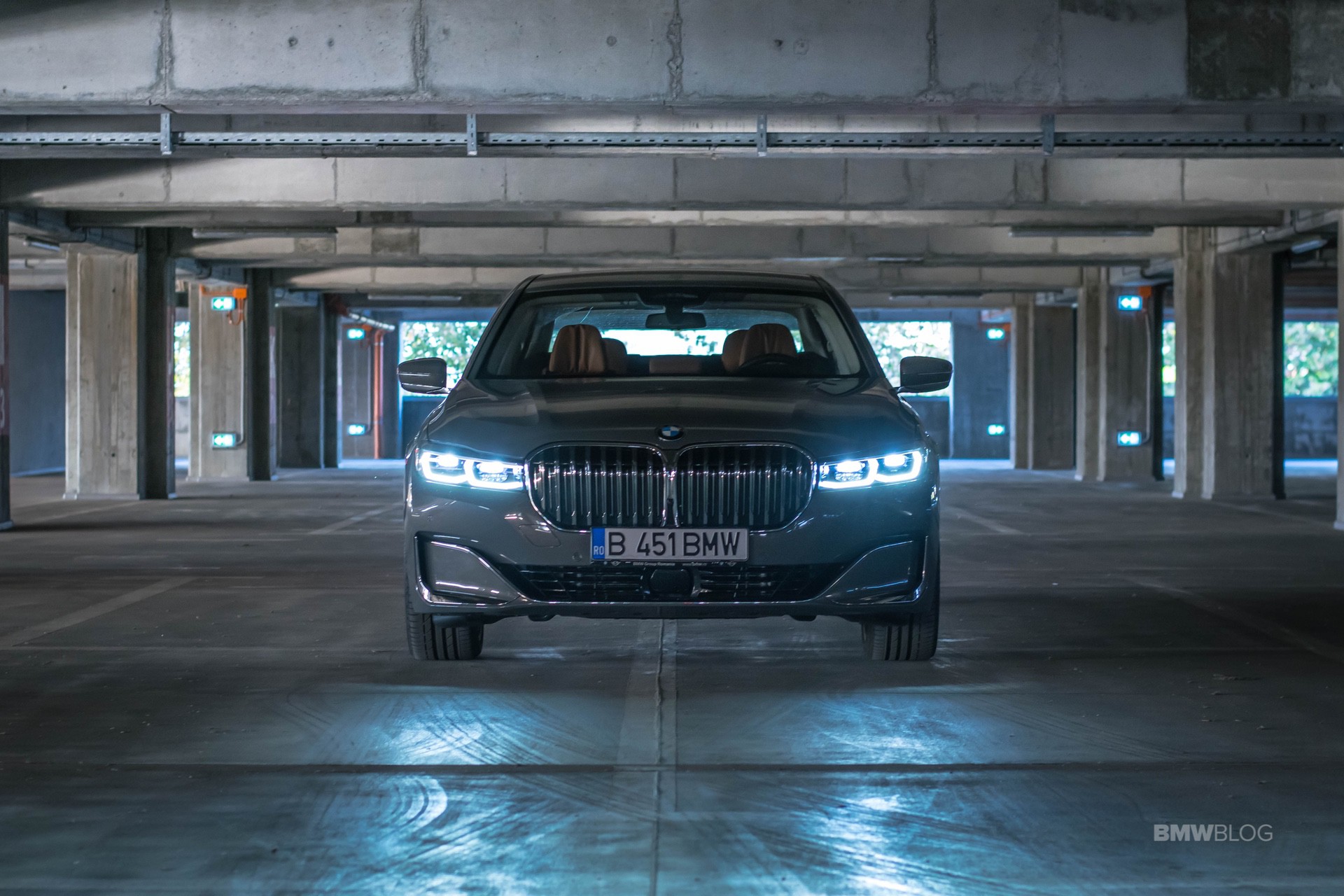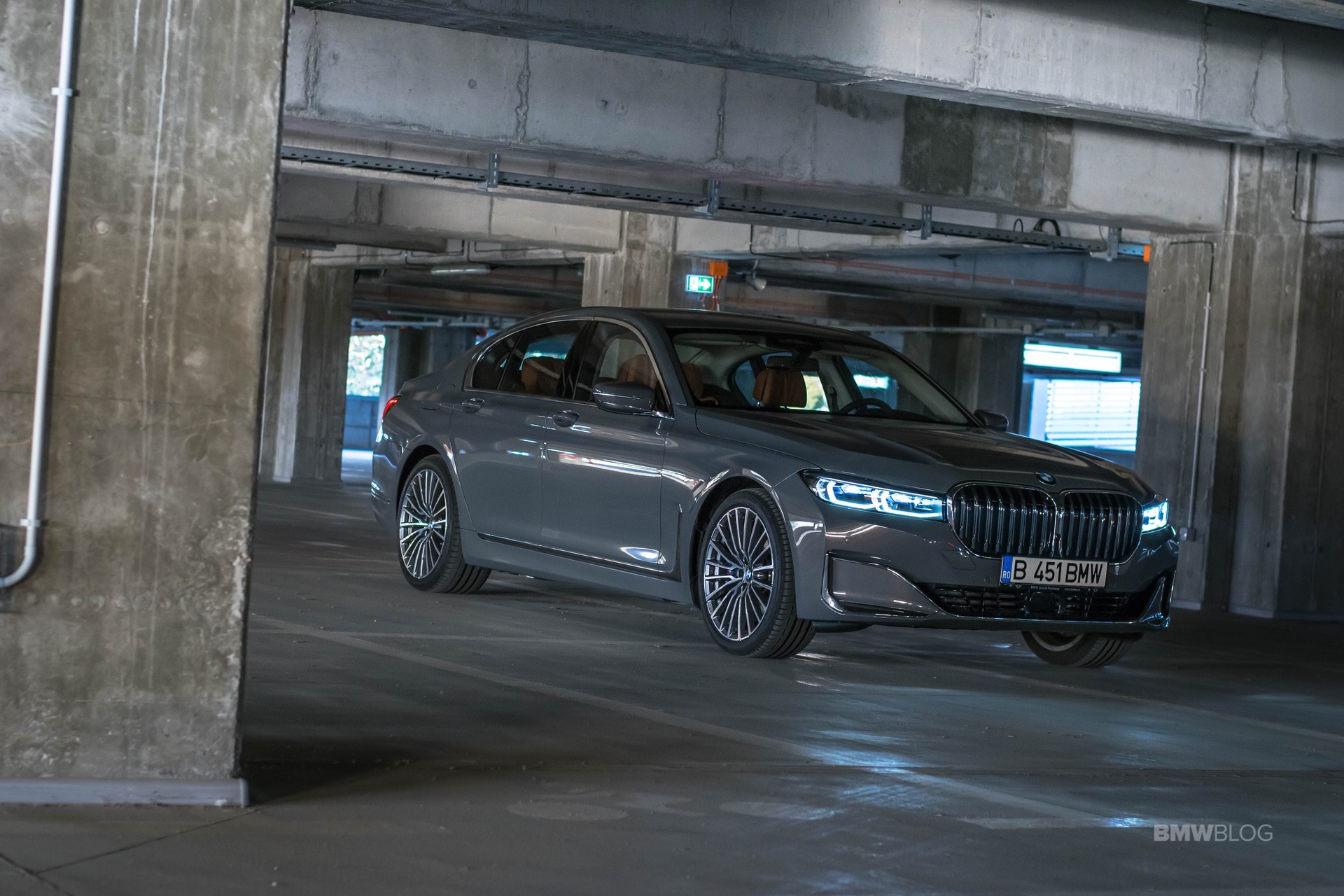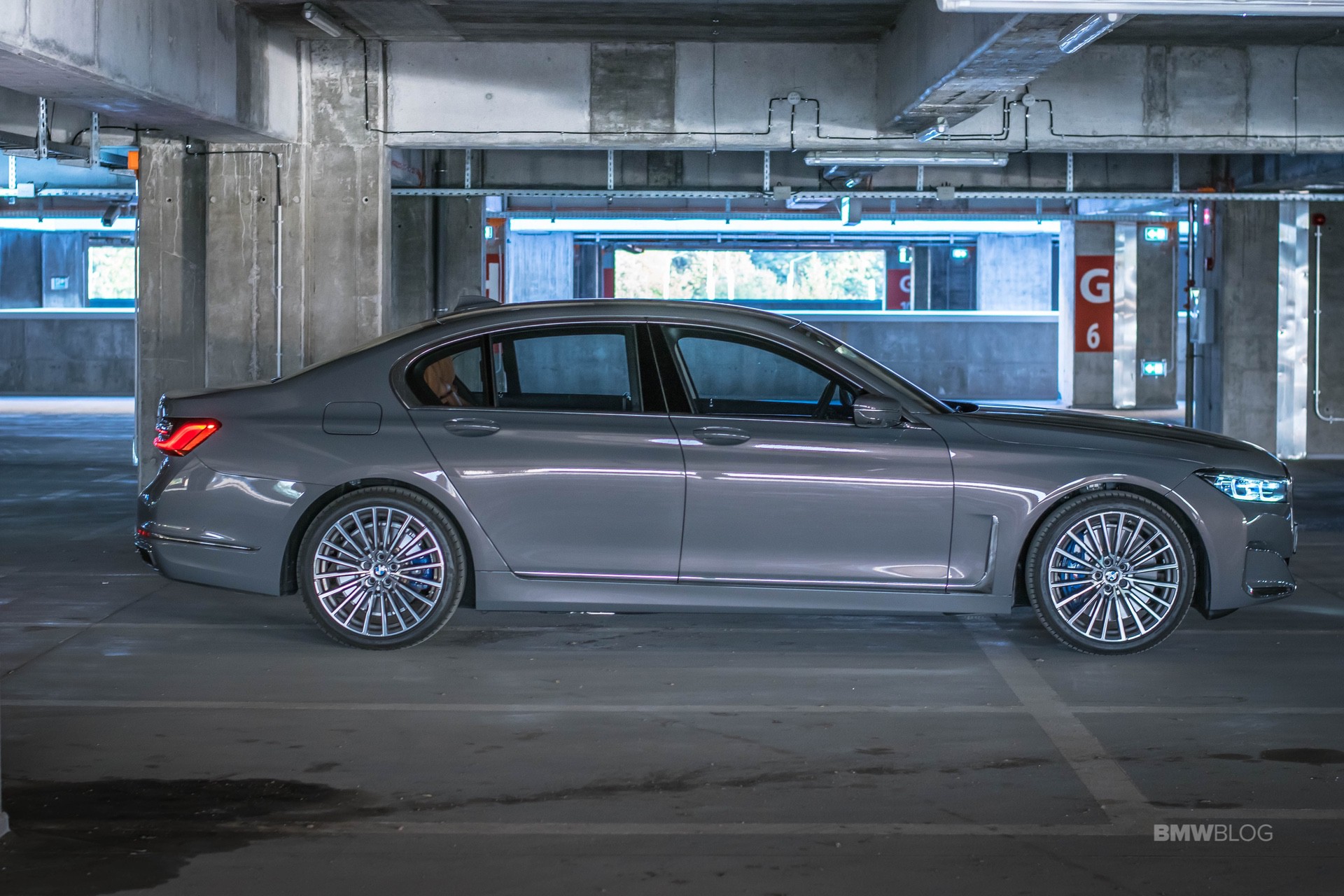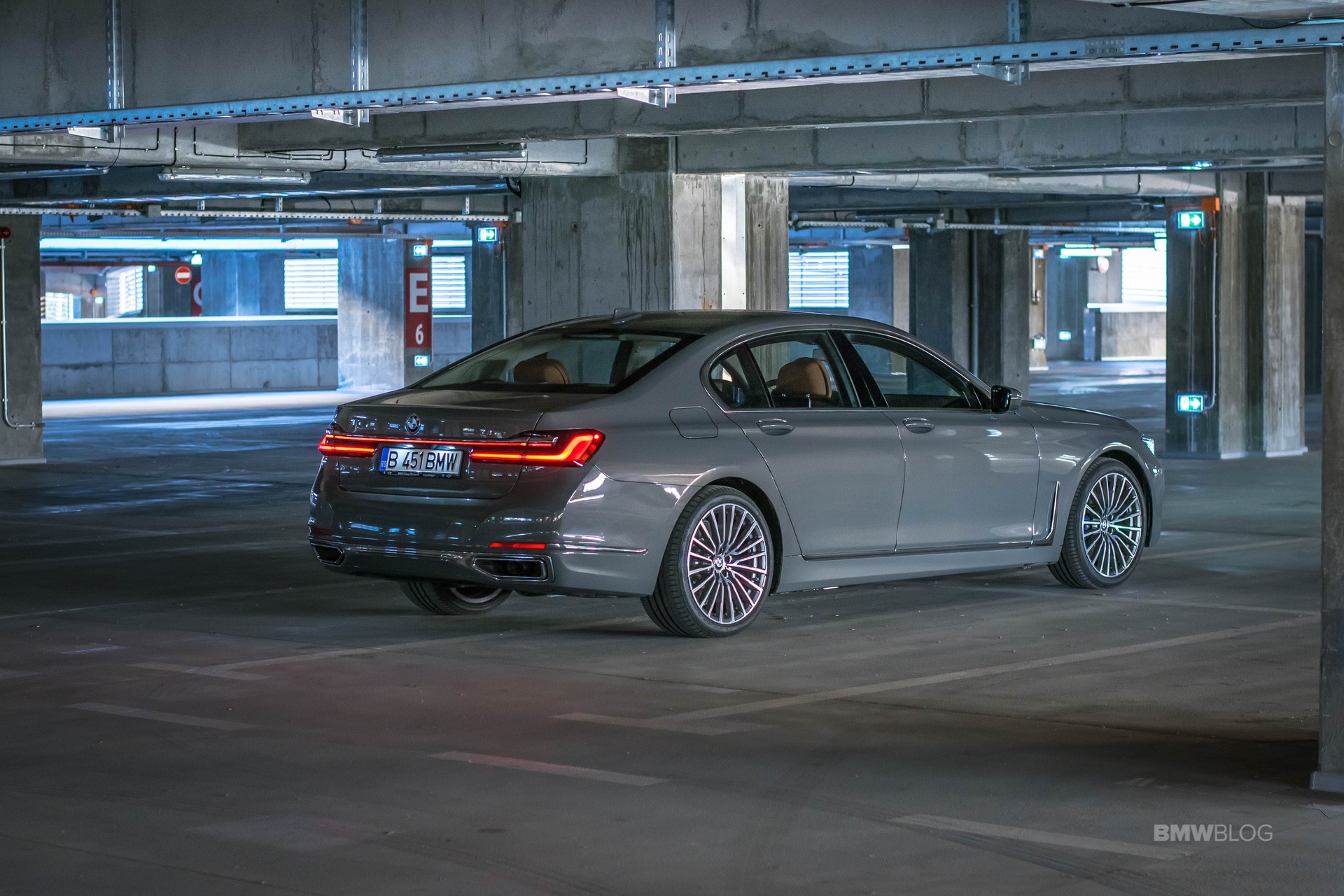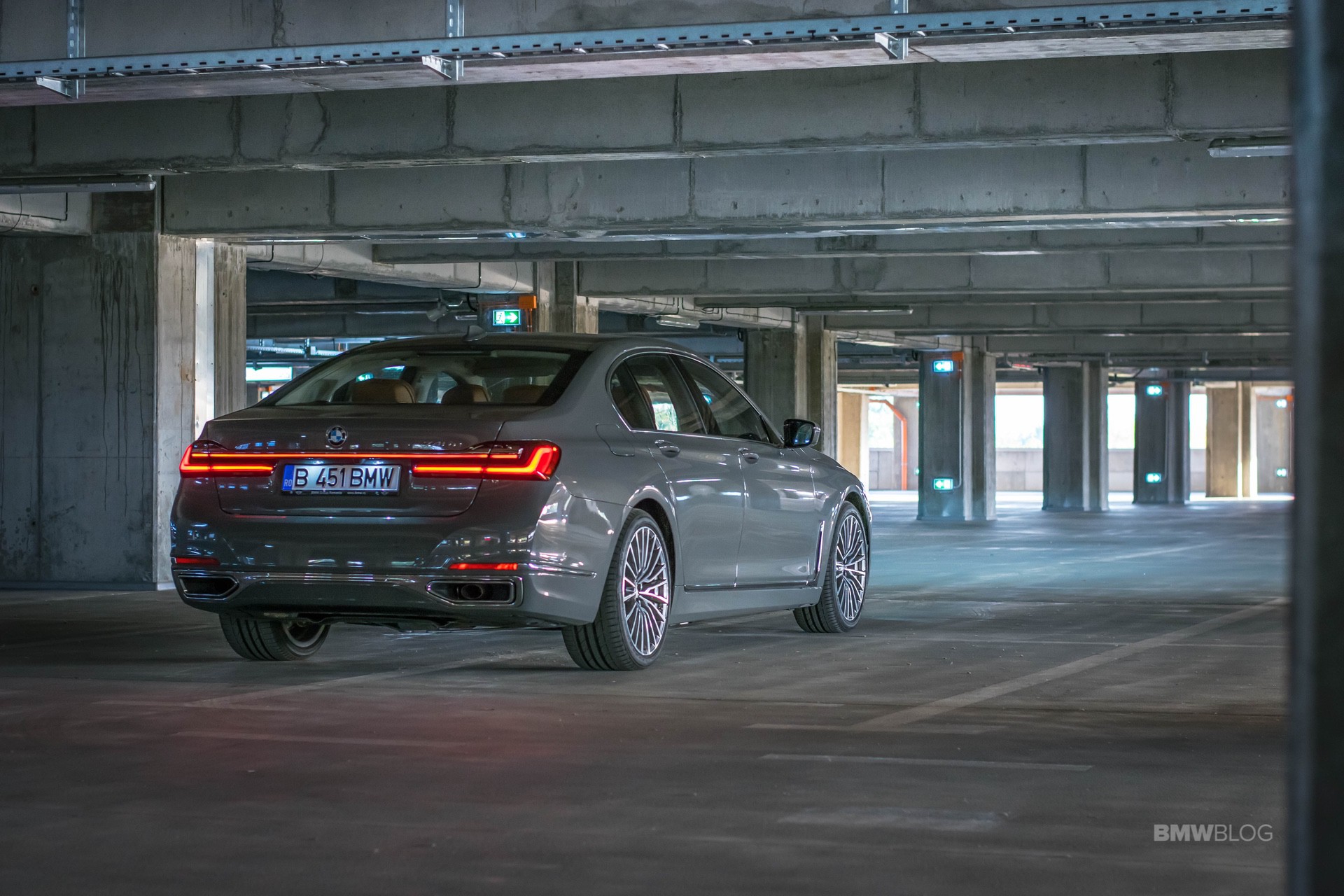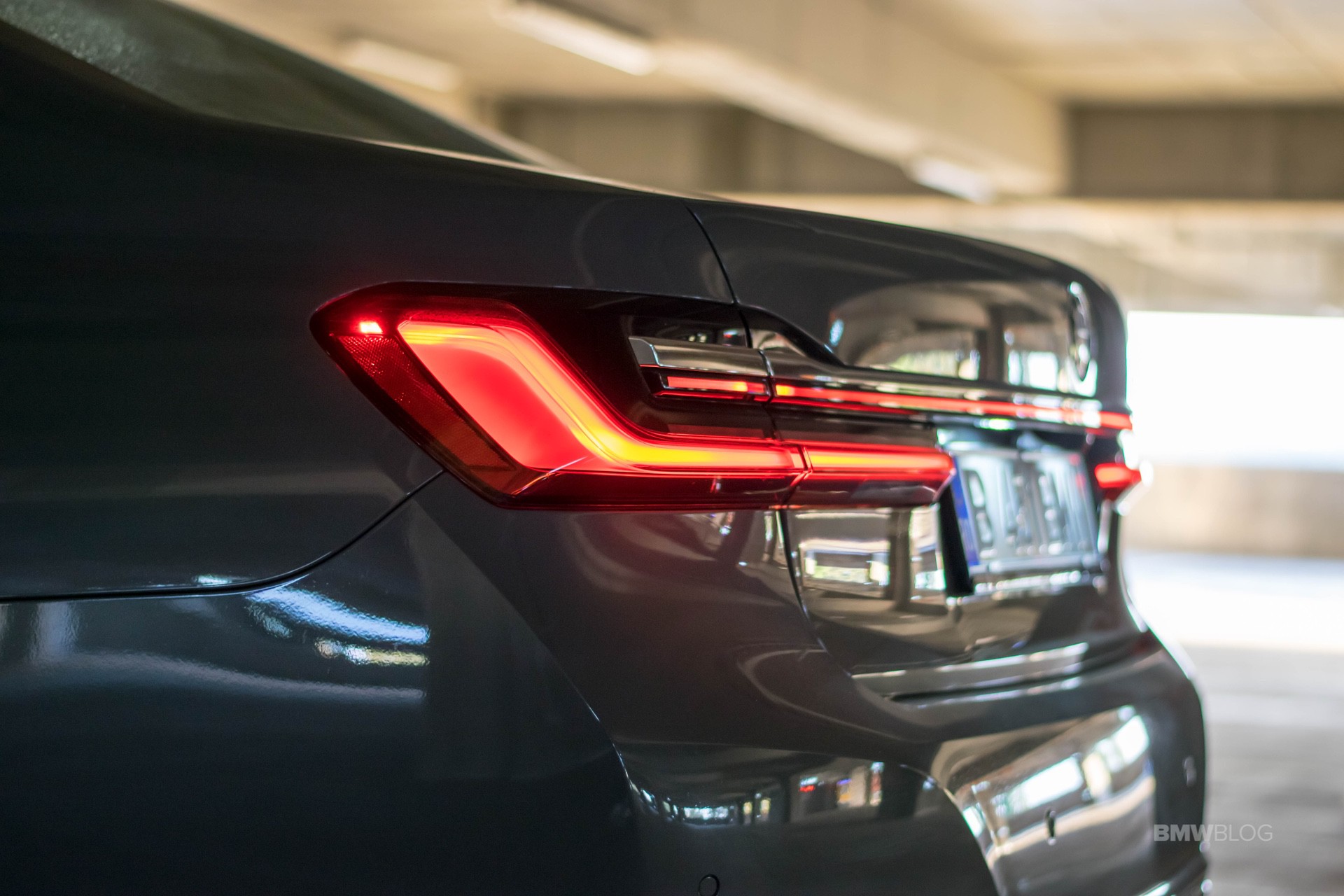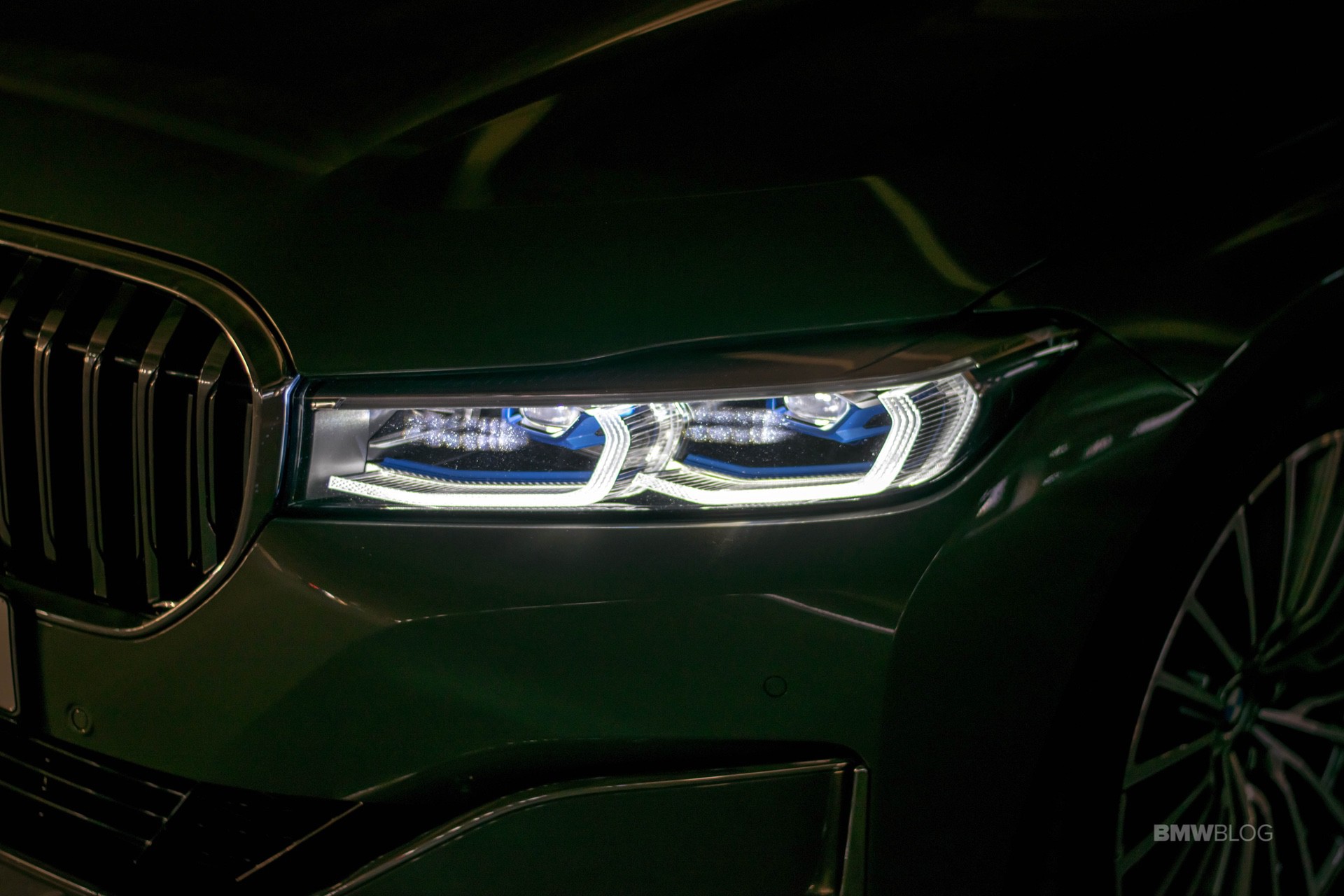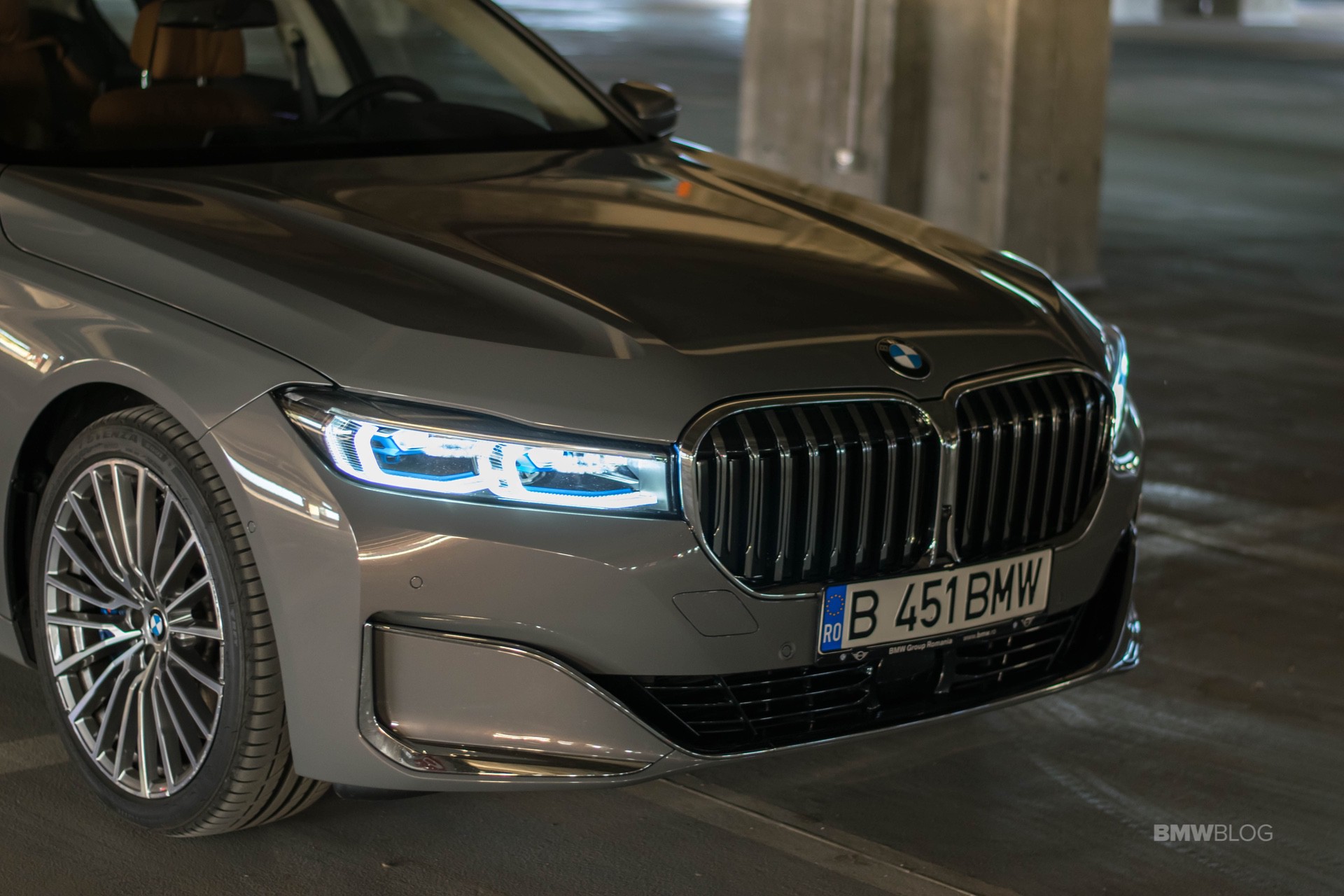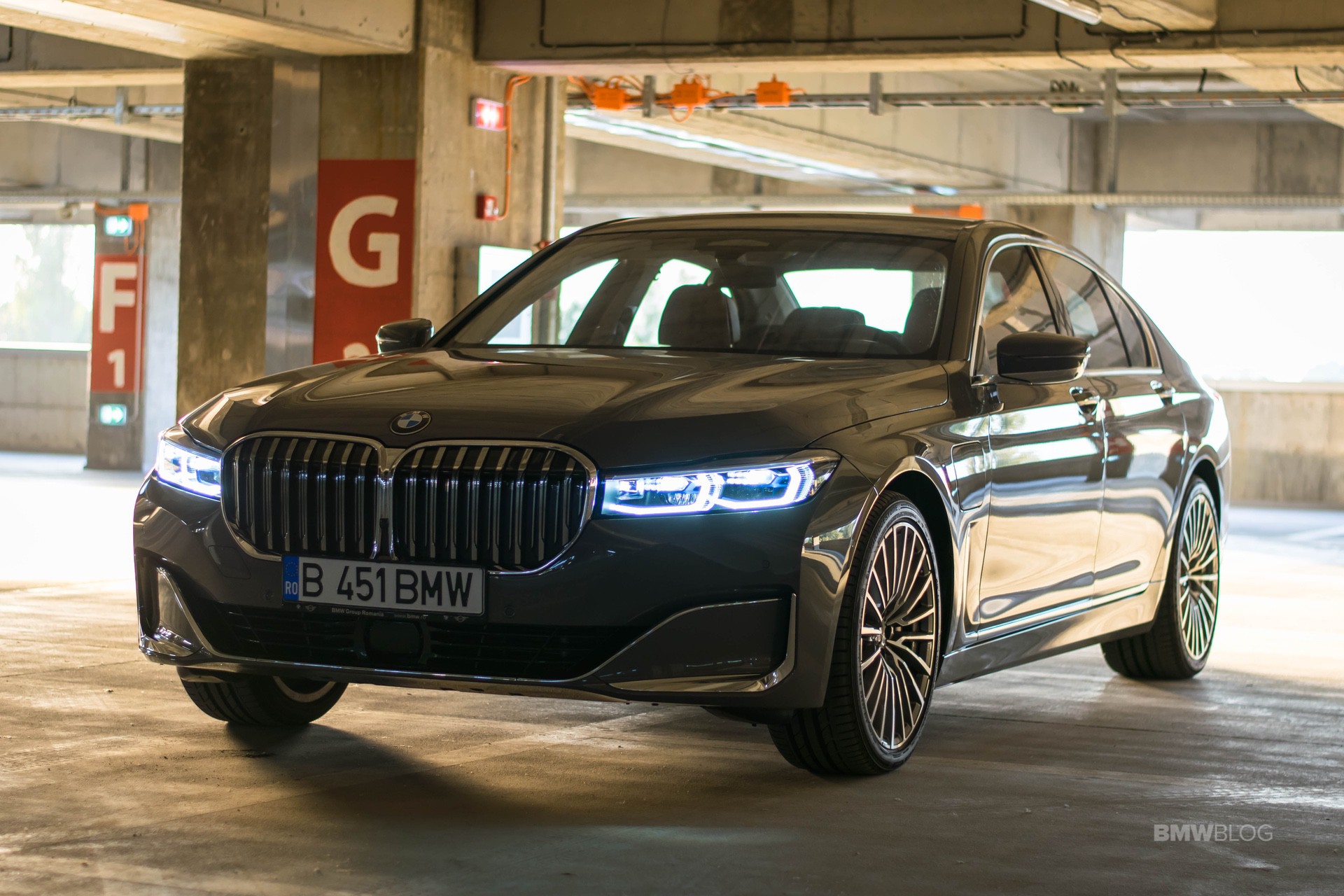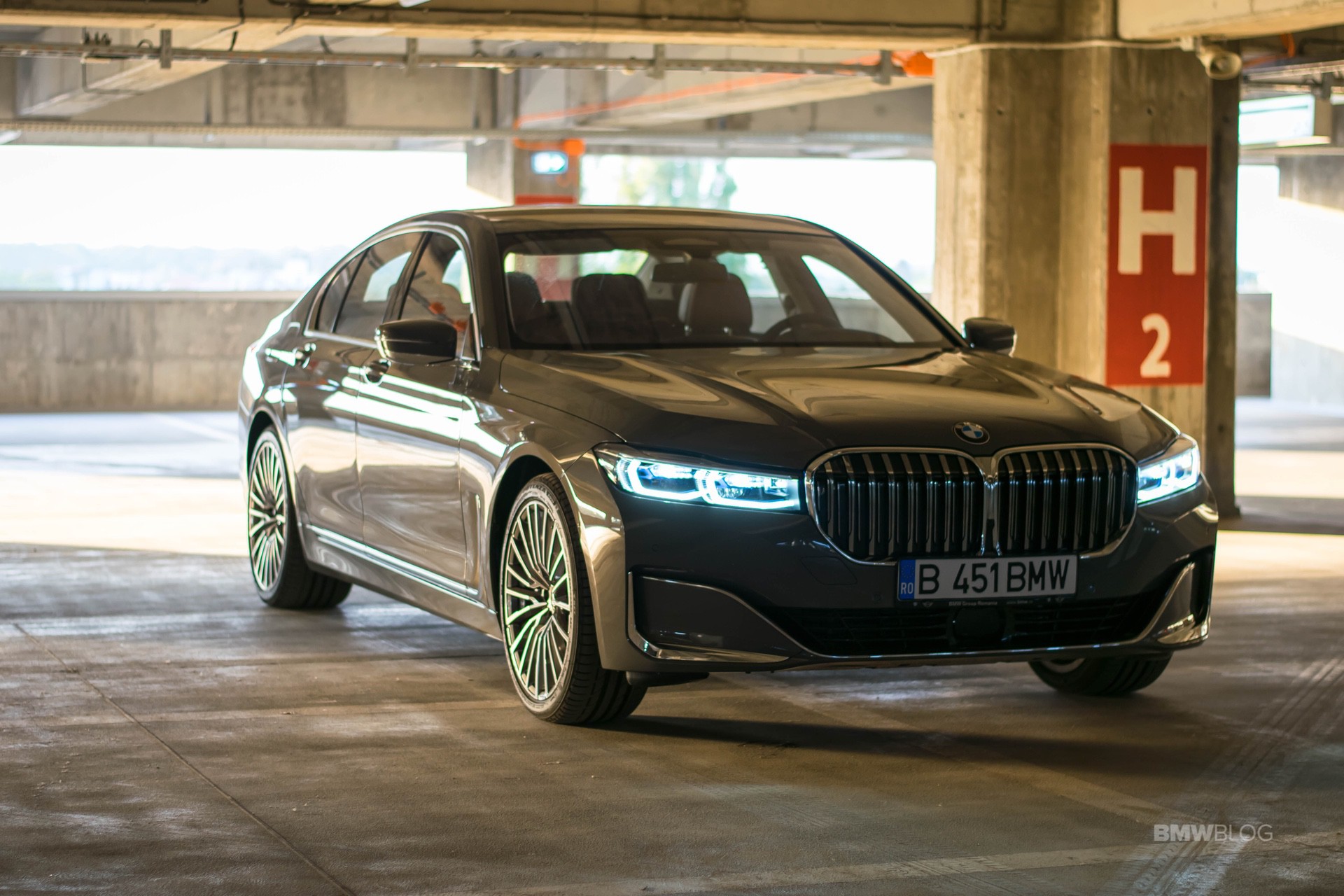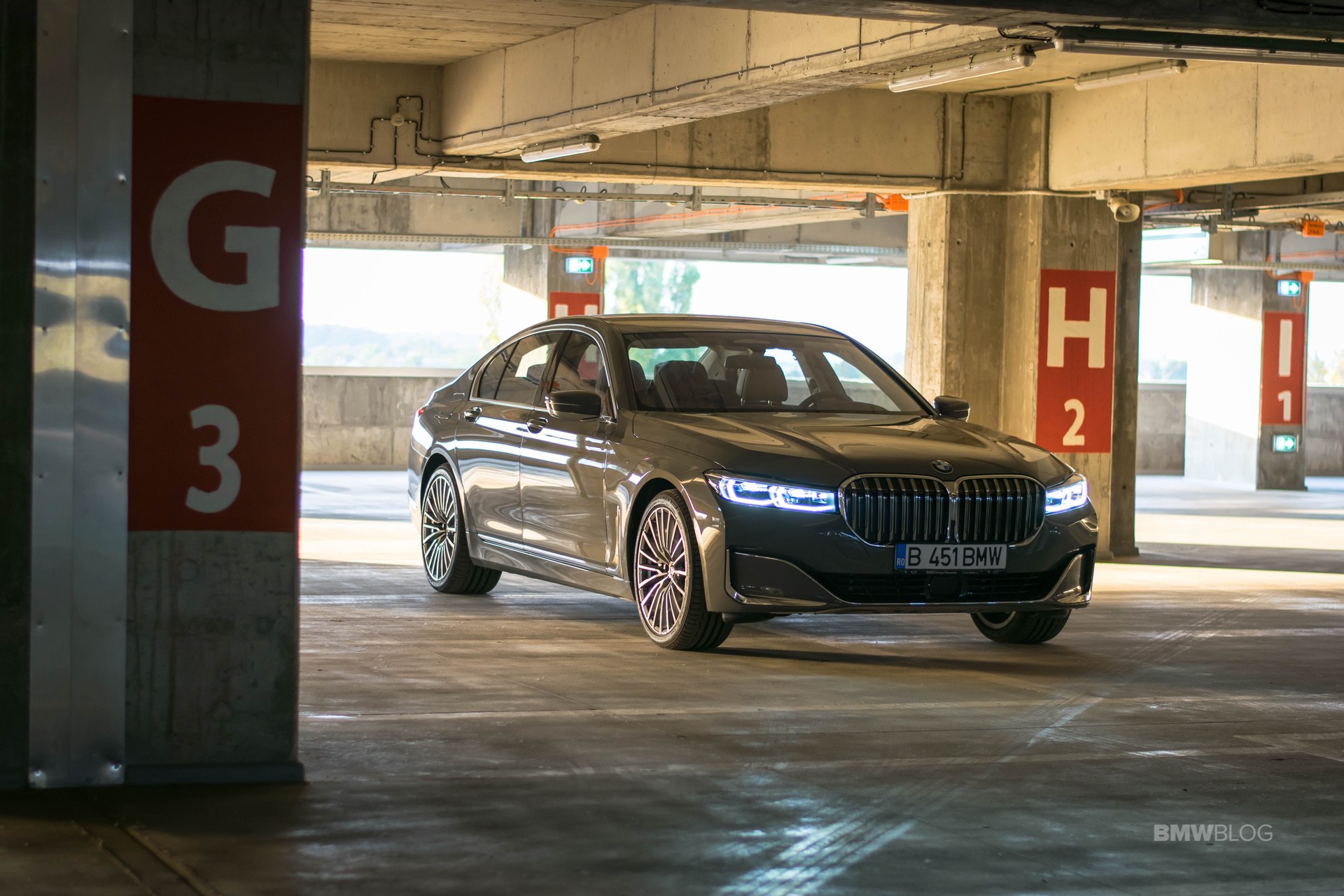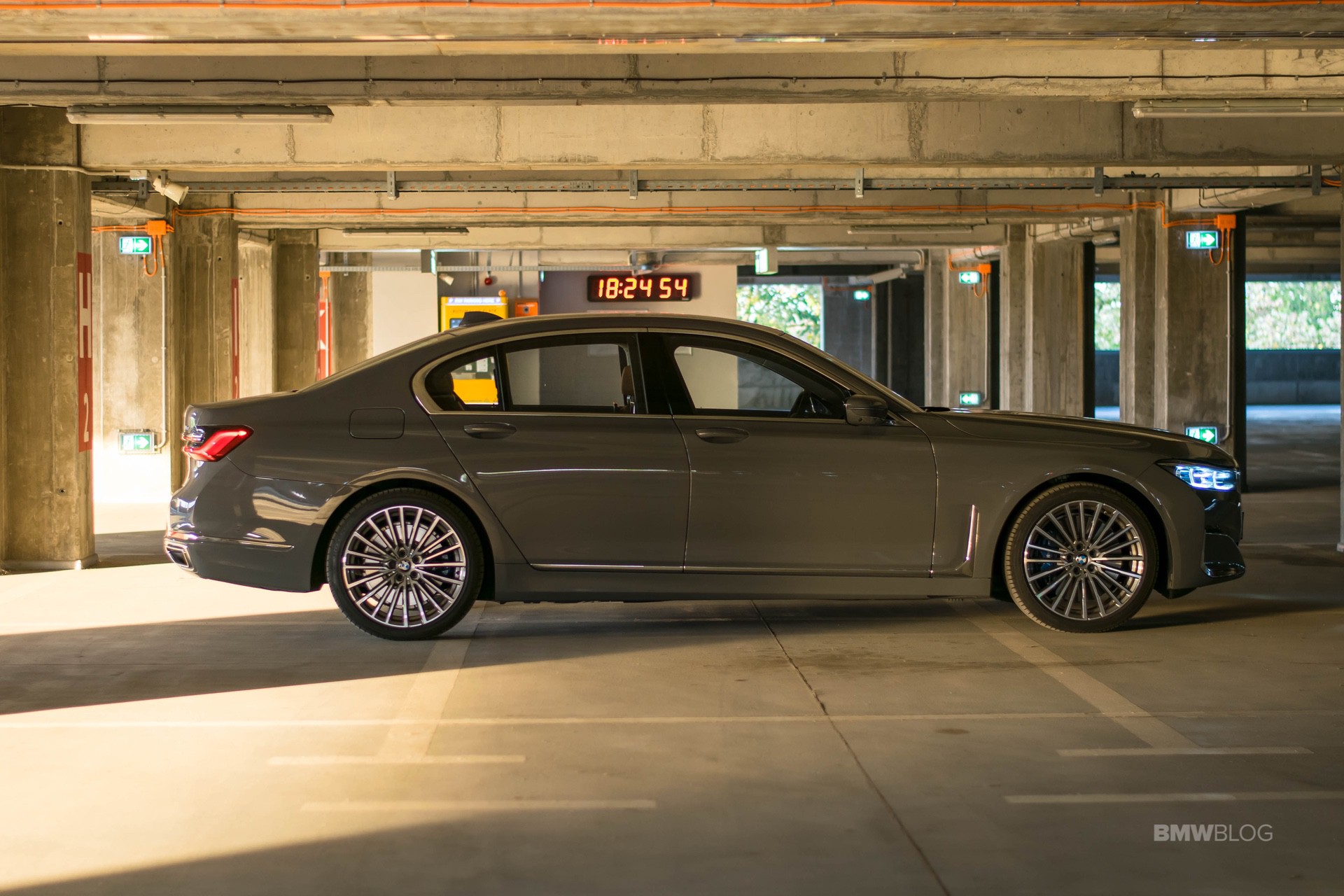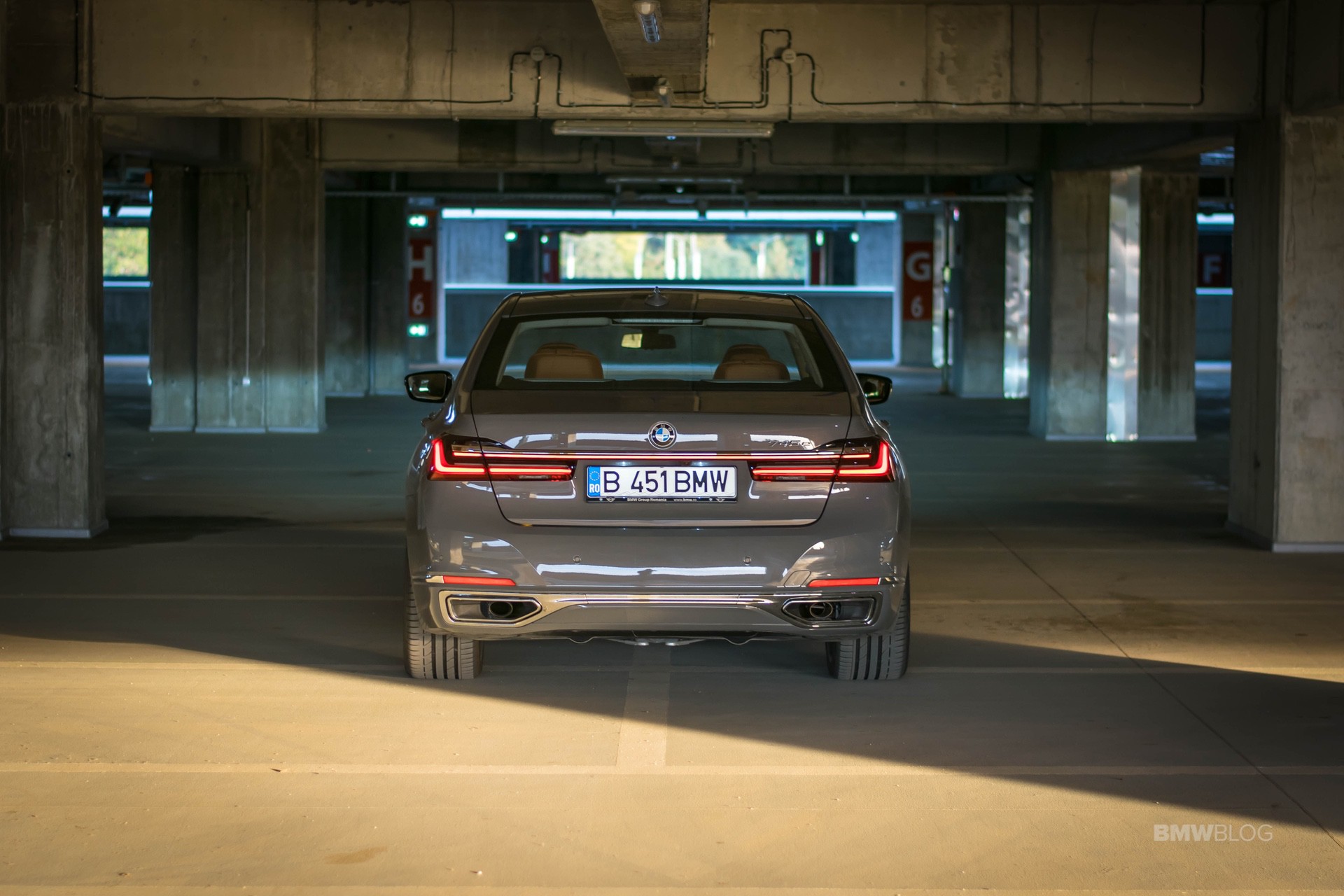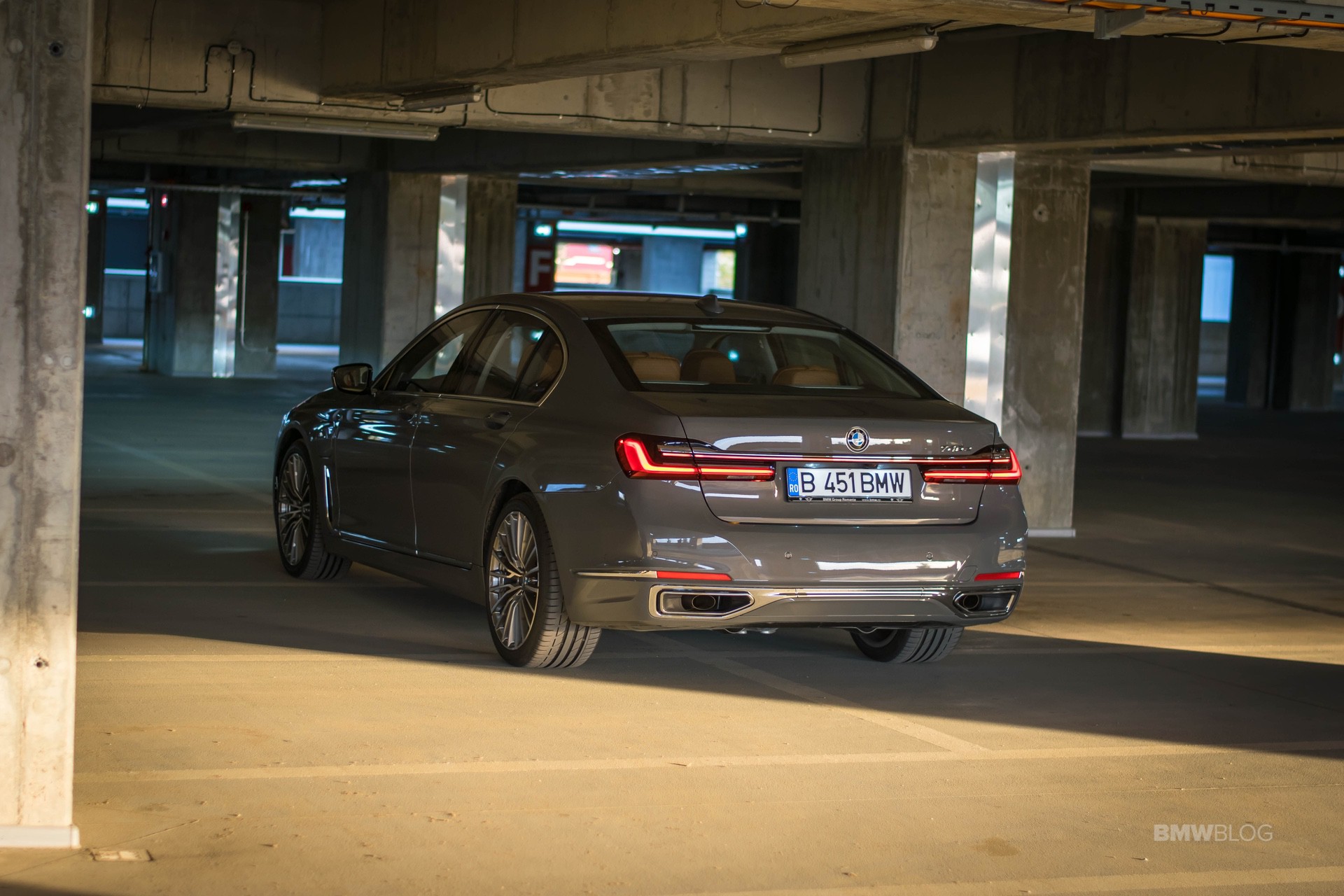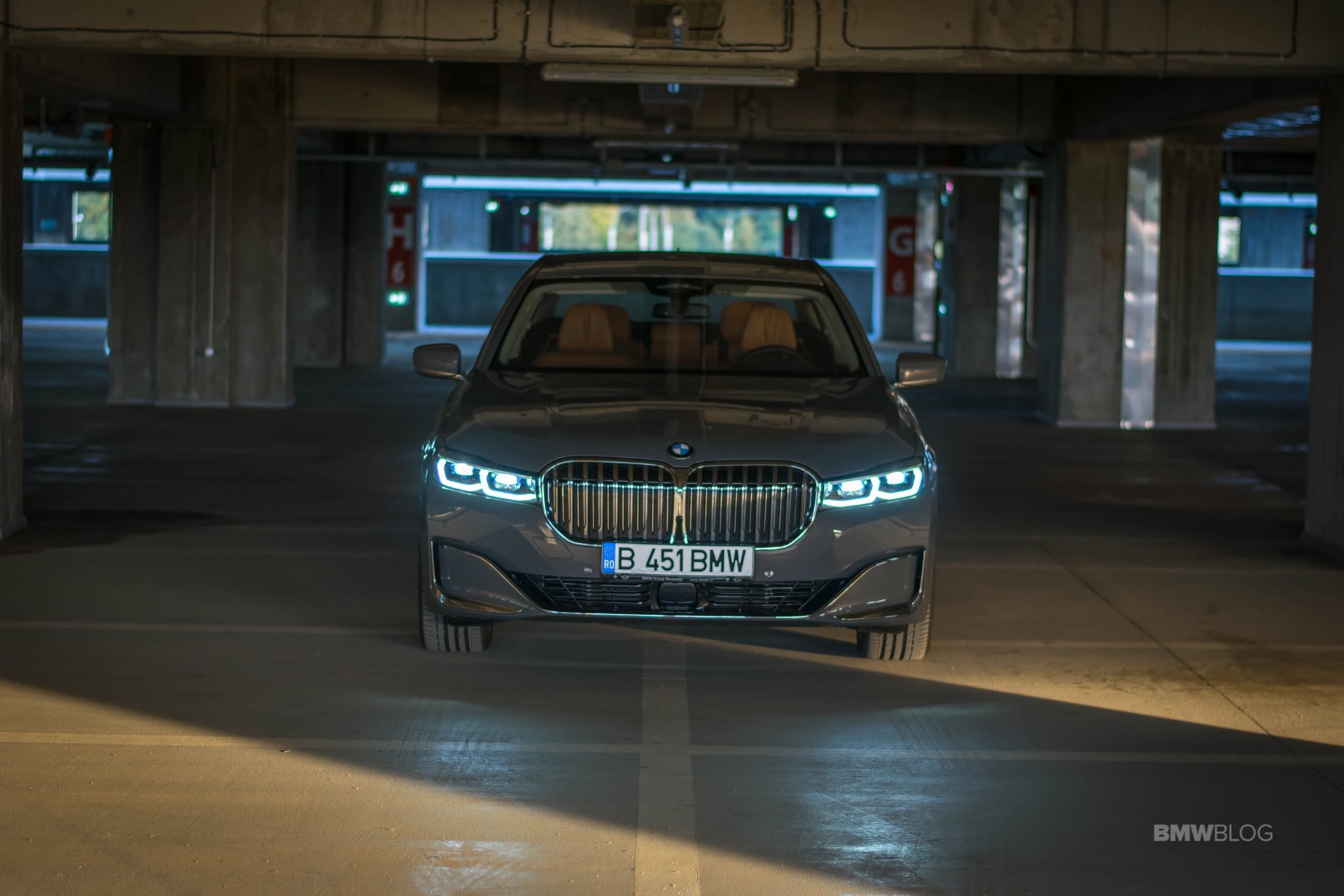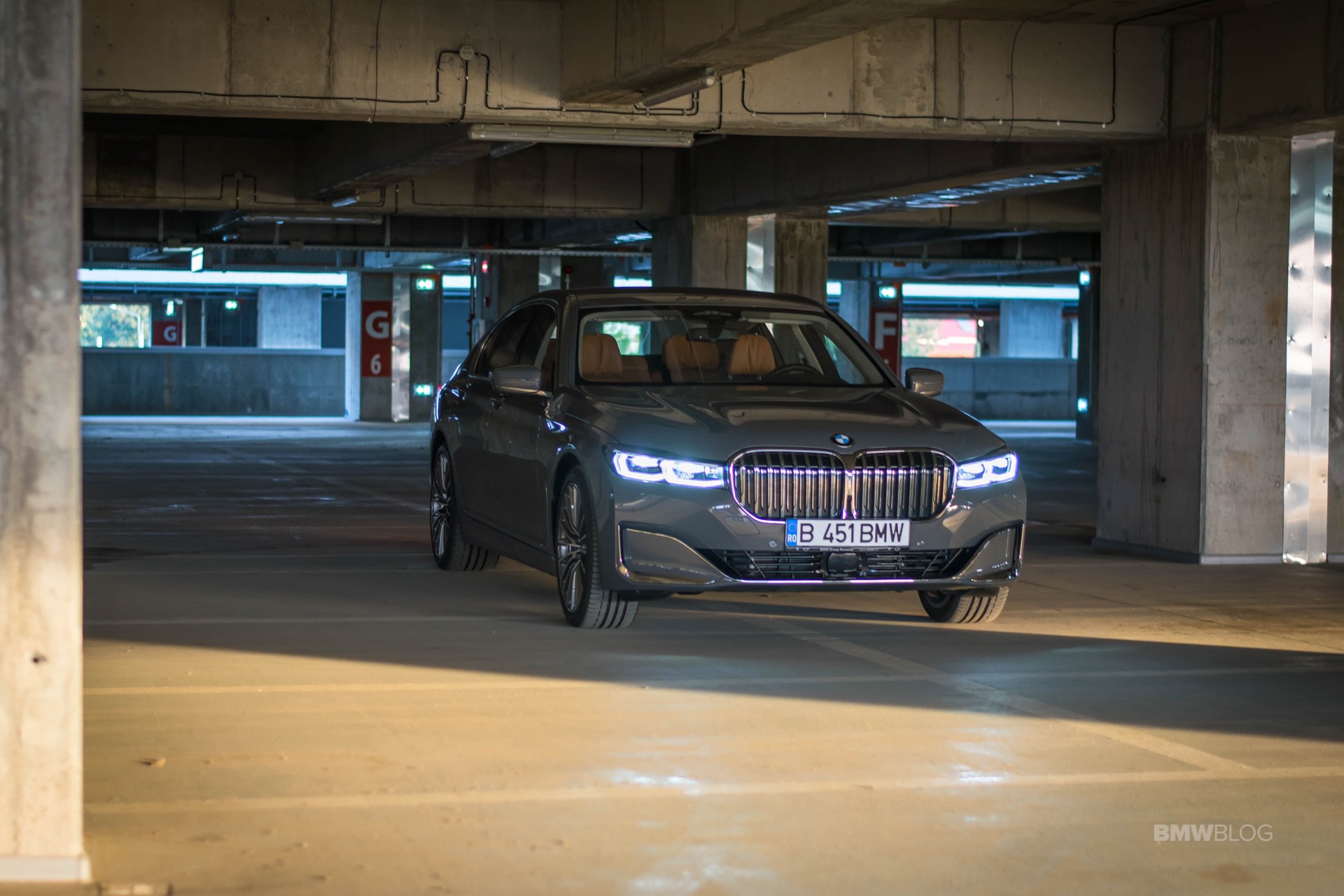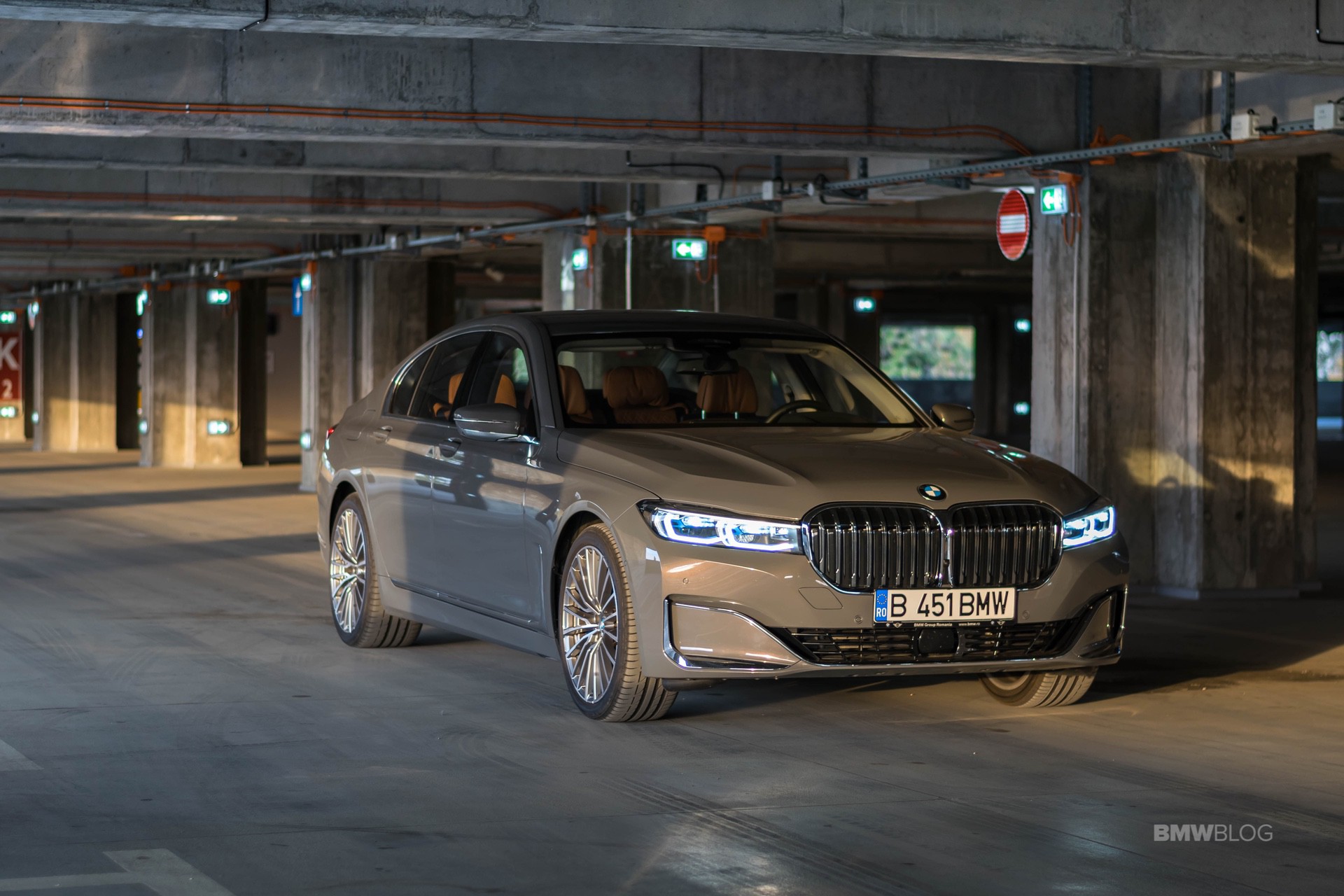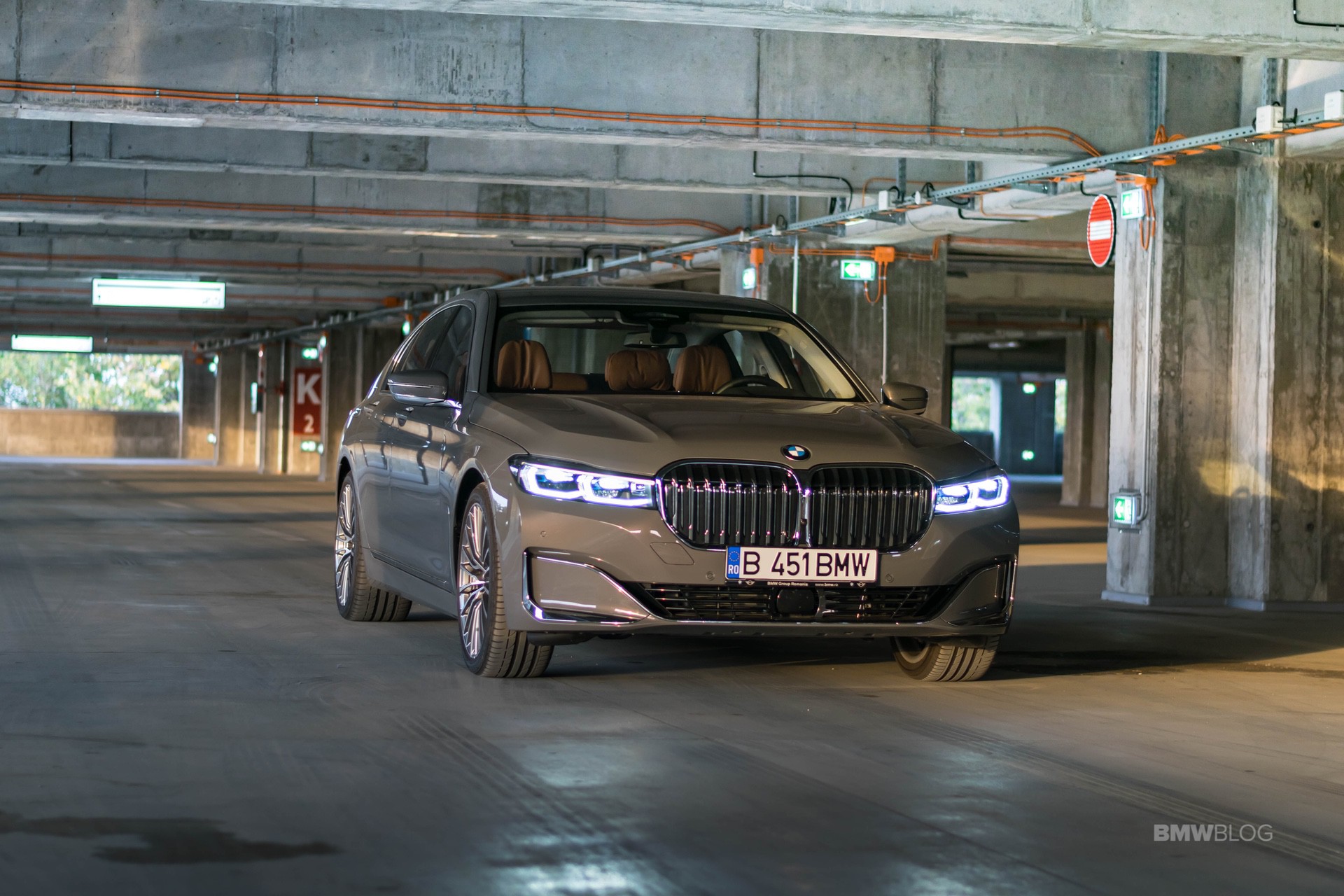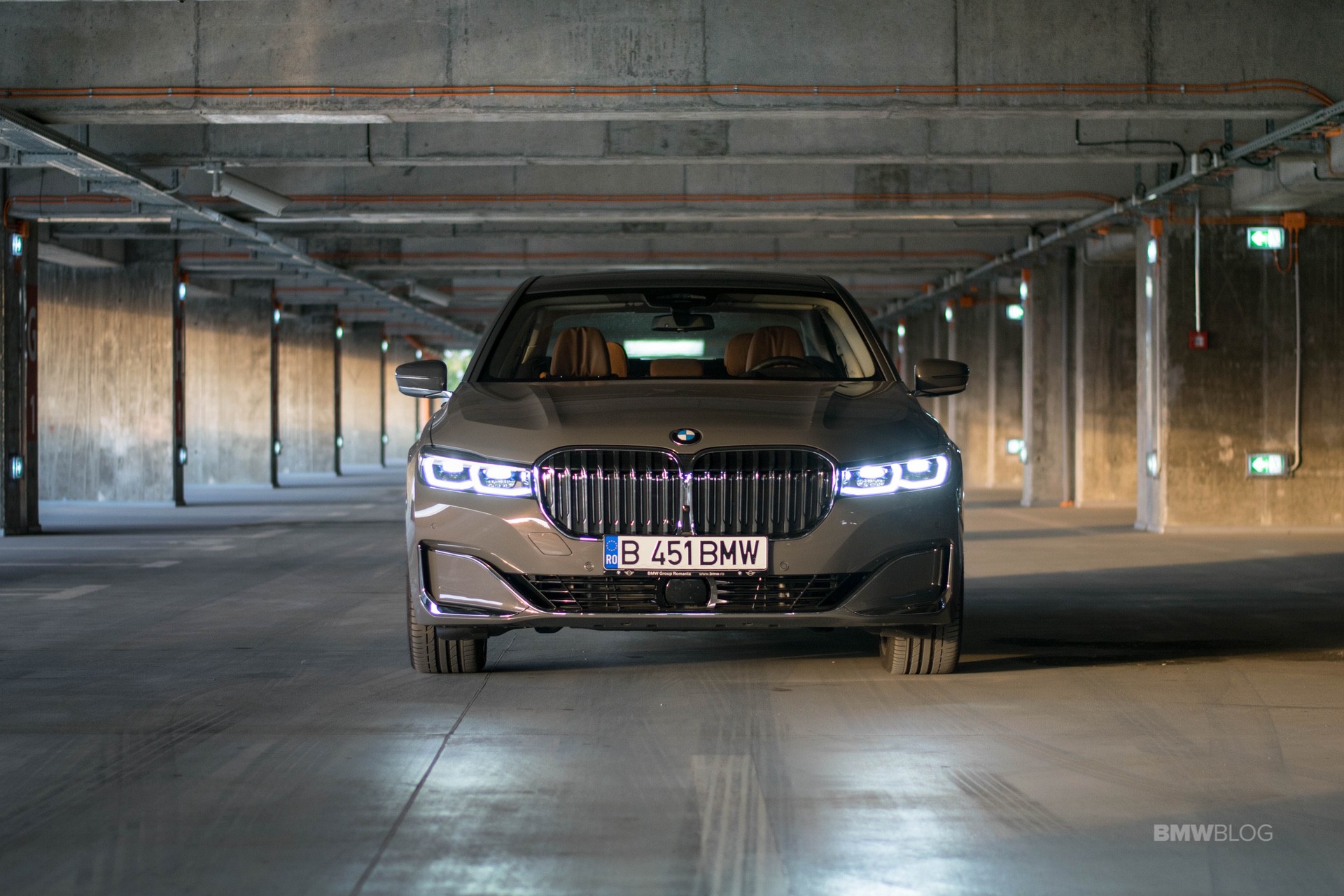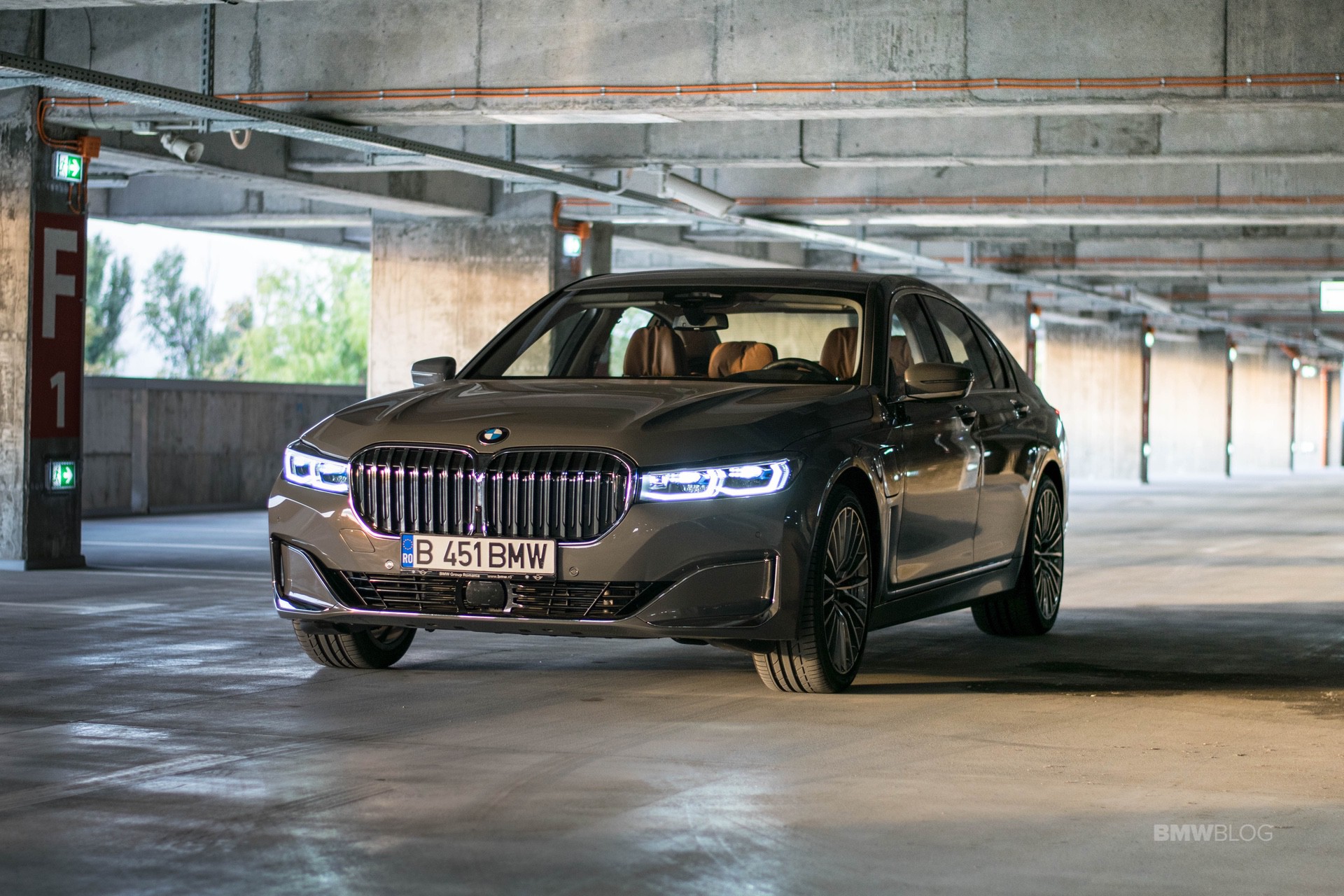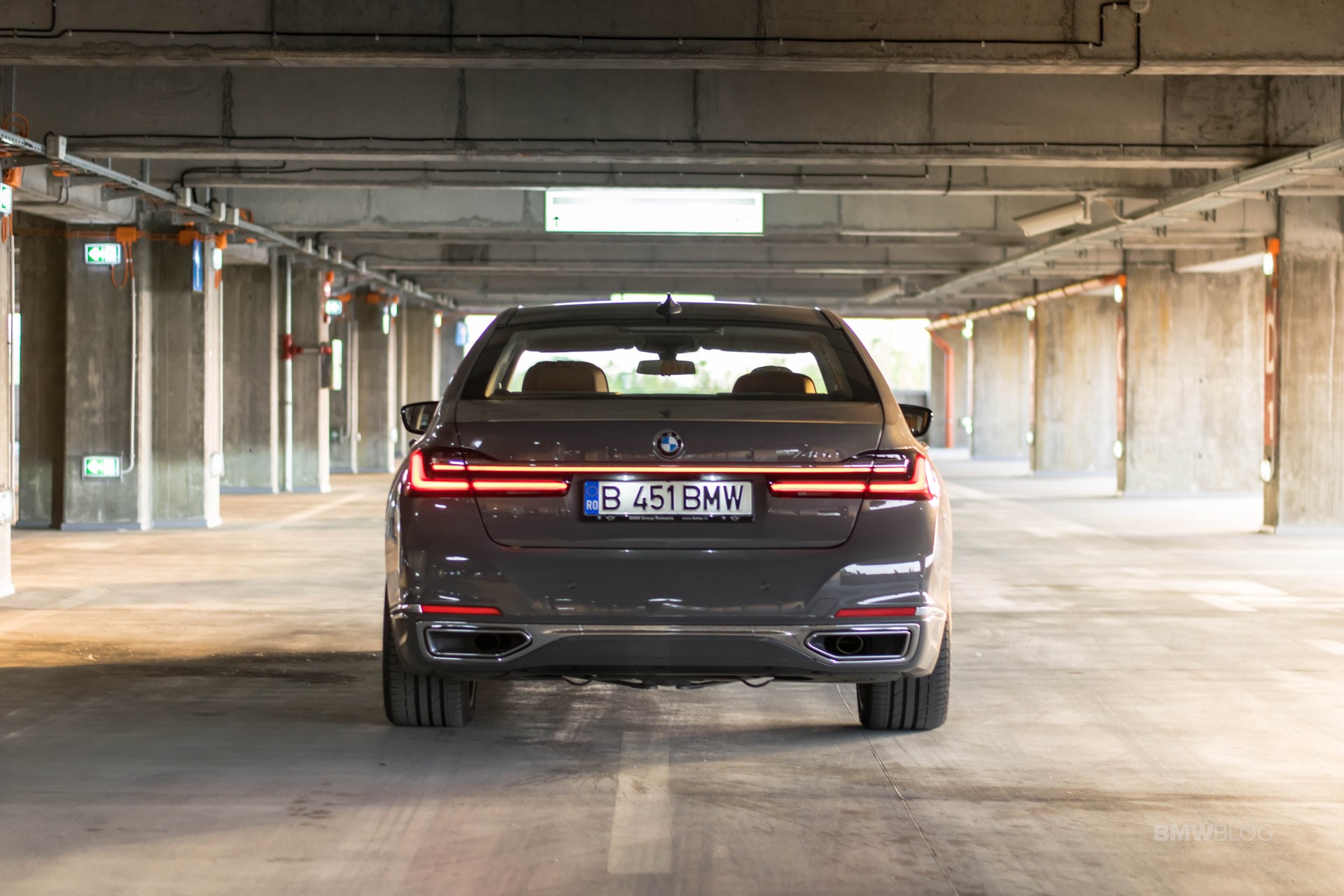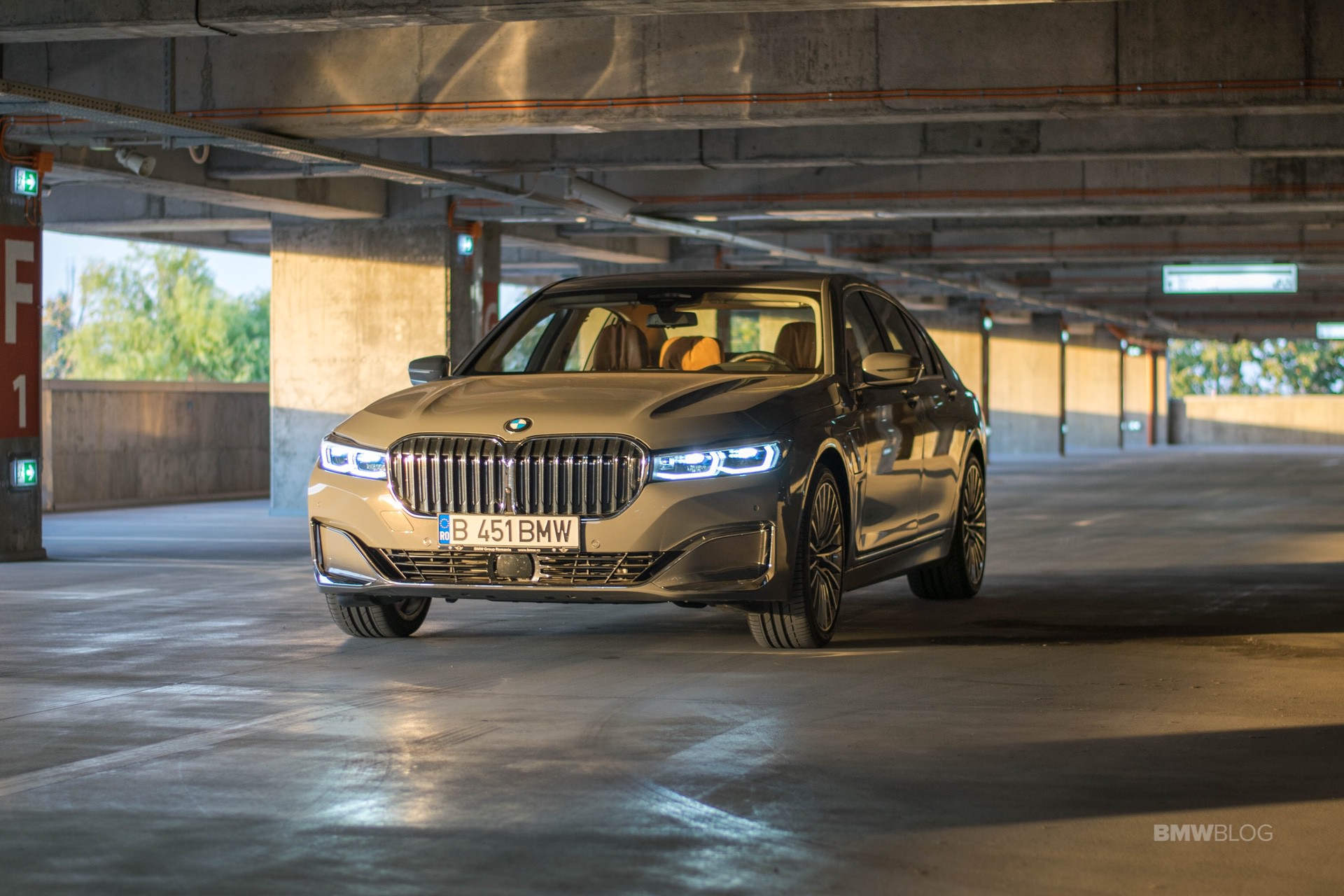Test drive and review of the 2019 BMW 745e plug-in hybrid. This is also one of the most extensive facelifts BMW has ever done.
When BMW unveiled the facelift for the current 7 Series the world was certainly divided. The reason for that? Well, it’s staring you right in the face when you look at it: the oversized kidney grilles. However, before we get into that, I should point out that there’s a lot more going on with the LCI 7 Series than just the grille. This is also one of the most extensive facelifts BMW has ever done.
The Design
In terms of design, it’s basically as radical as the one done on the F20 1 Series about four years ago. The second generation 1 Series was initially launched with a rather odd design, especially up front, with headlights that made the car look like a fish with googly eyes. When the facelift of that car was launched, which was in production up until earlier this year, things improved a lot in the design department. The new 7 Series follows in the footsteps of that car, with a drastic change on the outside. Is it for the best? I think it’s up to you to decide.
However, I will point out that I didn’t dislike it as much as I thought I would. The thing with current BMWs – and a lot of other cars too – is that their design includes so many shapes and lines that it’s hard to grasp exactly what they look like from a 2D photo. You really need to see them in real life to get a better understanding of what the designers were trying to pull off.
The new 7 Series is a prime example of how pictures can lead you astray. The front-end of the car has a powerful presence, more than any other 7 Series before. It’s imposing and dominated by those large grilles. What you rarely notice in pictures though is the 3D design of the whole nose.
The grilles, as massive as they may be, have a slant on the upper side, curved towards the hood. That creates a line, some 2 inches from the bottom of the bonnet that merges perfectly with the headlamps and their upper side. Basically, you can notice a line going from side to side, forming a unique visual block that includes the slimmer headlights and the grilles. You may not be aware of this at first but it does create an bring about an interesting appeal up front.
There are two main choices you can go for in terms of exterior design too: the M Sport package or the Pure Excellence one. We had the latter and I think it’s the better looking one of the two. The front bumper is borrowed from the Vision Future Luxury concept that was unveiled at the Beijing Auto Show in 2014, previewing the current 7 Series range.
It was a good choice in my book as it gives the 7 Series a special aura, making you feel like you’re driving a concept on public road. And it’s quite an attention grabber too, yet I couldn’t tell if people were gawking at it just because they were outraged by the huge kidneys or whether they were actually admiring it. What I can tell you is that I got a lot of interested looks from other drivers.
The color might have a thing to do with it as well. Introduced for the first time on the new 7 Series, our tester was wearing Bernina Grey paint with amber effect, a color that resembles the trademark Audi Nardo Grey to some extent. It’s not for everyone, I get that, but I actually liked it because it highlights all the character lines on this car. And there are a lot of them.
Moving to the side you’ll notice the ‘hockey stick’ is gone and in its place, we now have an even larger air vent on the front fenders, once again done in chrome but with a 90-degree angle this time. That’s a recurring theme on the new 7er too, with a lot of chrome adorning this car. It’s not the best choice for every color though but it did work on this paint in particular. If you’re going for a darker color, like black for example, I’d go for the Shadow Line package, that comes with black chrome instead.
Round the back we have new taillights as well, with a slimmer design and – the biggest change – an LED bar going from side to side. Most manufacturers seem to employ this trick on their cars, a new trend these days.
Inside the cabin, the design remained roughly the same. What we do get now are more quilted surfaces than before. Whereas on the pre-facelift model you could only get this pattern on the seats, on the new model you can also get quilted leather on the armrests, both center and on the door panels.
Not a big change but since I’m a fan of anything quilted, I actually liked the Cognac/Black Nappa leather upholstery. The BMW people also worked more on the sound insulation and the rear wheel wells now have some more padding while the B-pillar was filled with noise suppressing material, while the windows are all thicker, up to 5.1 millimeters to be more precise.
Another big change you’ll notice inside is the new instrument cluster and iDrive screens. BMW’s Live Professional Cockpit comes as standard, with iDrive 7.0 as well. It looks just like in any other current BMW and works like a dream.
Unlike on most cars though, where the right side of the instrument cluster would have a counter-clockwise rev counter, on this car, being a plug-in hybrid, that area was reserved for a new design that shows you the amount of power you’re using, the battery charge level and the boost/regen levels.
The dominating color in this configuration is blue and that changes to gray once you run out of battery power or when you’re driving on gas alone. Get it in Sport mode and things turn red, with a conventional rev counter on the right side. And that’s when the fun starts because apart from all these design changes, the new model also comes with a couple of very important technical changes.
The Tech and Drivetrain
The BMW 740e was the first ever plug-in hybrid offered in the 7 Series range and it wasn’t exactly popular with customers. There were some things working for it and then some against. As you might’ve noticed, the new model has a different name and that’s because it has a different powertrain.
The 2019 BMW 745e is more of a BMW than its predecessor mainly because it has a straight-six engine under the hood. Whereas the old 740e had a 2-liter 4-cylinder turbocharged mill doing the internal combustion thing, the new 745e comes with a similarly turbocharged 3-liter six-cylinder engine that’s as smooth as butter.
Going deeper in the tech specs you’ll find that engine is good for 286 HP all on its own. Alongside it you’ll find an electric motor that’s basically unchanged from the old version, delivering the same 113 HP and up to 265 Nm of torque, to be found integrated inside the 8-speed gearbox.
Together, these two will be able to send 394 HP and up to 600 Nm of torque to the wheels and the whole amount of torque comes up at 1,500 RPM. And that’s pretty amazing. That’s a hefty increase compared to the 740e and a figure that makes this car rather fun to drive. Just to give you a hint, the 2019 BMW 745e will do 100 km/h from standstill in 5.2 seconds. That’s fast, for a car that weighs about 2 tons and is meant to be a luxurious cruiser, not a dragster.
There are different driving modes available now as well. On the center console you’ll find four buttons labeled Sport, Hybrid, Electric and Adaptive. There’s also a battery control button underneath, that allows you to control the charge level in the battery, in case you want to save energy for later.
The Driving Experience
When you set off, the car stars in Hybrid mode by default which means, provided the battery is charged, you’ll be driving electric for as long as possible. That’s how plug-in hybrids are set up in general as they are meant to be emission-free vehicles around town.
For the 2019 BMW 745e the Germans added a different battery pack which now sits under the rear seats, with the fuel tank sitting on top of the rear axle. This means you now have 12 kWh at your disposal. According to the Bavarians, that should provide up to 58 km of range (36 miles) on one charge but the harsh reality is I could never go over 22 miles on a charge (36 kilometers). Blame it on the traffic or the fact that I had to use the AC – which makes a surprisingly big difference – but that’s just how much I was able to squeeze out of it.
If your daily commute is roughly 20 miles, you should be able to travel emissions-free every day, provided you can charge the car at home or at work. Furthermore, the new 745e will allow you to drive on electrons on highways too as it can use the battery charge alone at speeds up to 110 km/h (68 mph) now in Hybrid mode. A bit faster than the old 740e. Get the car in Electric mode and you can go as fast as 140 km/h (87 mph) using solely the electric motor.
Switching into Electric mode does make the car drive a bit differently. The throttle response is just as sharp as in Hybrid mode but the regenerative braking is noticeably more powerful, probably attempting to recuperate as much energy as possible. In both driving modes though, you’ll be as silent as a church mouse which is actually welcomed in a car like this, aimed at providing a serene atmosphere in the first place.
Switch into Sport mode and everything changes. The steering gets heavier and the suspension stiffens up. The dash turns red and you discover that this car is a BMW at its core. For a vehicle of this size, the 2019 BMW 745e is deceivingly quick and agile. Part of the credit goes to the optional Active Integral Steering which helps you maneuver this rather long car through the city and when you want to have fun.
Of course, this is no M car and it’s not light on its feet. Therefore, even though it will steer faster than expected, there’s still plenty of body roll to deal with. After all, we’re dealing with an air suspension that has to be comfortable first, agile second.
However, thanks to the electric motor with its instant torque, the 2019 BMW 745e is immensely fun to drive as it has impeccable pedal response and, this time round, a six-cylinder sound that simply makes you want to go faster. I was surprised of how much fun I had in it and it is funny to see how other drivers react to the sheer speed of the car in a straight line.
As for the fuel consumption, things vary quite a lot depending on the driving situation, distance covered and how much charge you have left in the batteries. As I mentioned, if your commute is around 30 kilometers (20 miles), you should be able to cover it on electric power alone. If you go over that figure, the fuel consumption will depend on how much further you’re going to drive, but if you don’t go over 80 kilometers (50 miles) it should be around 2 l/100 km (117 mpg).
However, if you start off with the battery completely drained, that figure will drastically change. Around town I saw an average of 10 l/100 km (23.5 mpg) in that particular scenario while using the car in battery control mode, charging it up on the go, took things up to 15 l/100 km (15 mpg).
As you can tell, the fuel consumption will vary, a lot, depending on the number of electrons in the batteries. Given all that, can the 2019 BMW 745e really be considered an eco-friendly choice?
It will all depend on how you use it. Provided you daily chores allow you to drive around town using the electric motor alone, you should definitely consider it. That implies you have a charger at home or at work and you can plug the car into a socket of some kind. You can recharge the battery in four and a half hours using a regular socket (16 A / 230V) or faster if you use a 11-kW charger.
Unfortunately, the 745e doesn’t come with DC fast-charging support or wireless charging. If charging the car is not possible on a daily basis, you might want to consider other options, like a BMW 740i, or even a diesel alternative. Then again, that will depend on where you live. In certain countries around the world, taxation on luxury cars depends a lot on their emissions.
In this regard, the 2019 BMW 745e is quite appealing as it has an WLTP average of 48 grams of CO2 per kilometer covered. That will get you a significant tax deduction in certain parts of the world. What’s even more impressive is that the figure is basically unchanged from the 740e which had a smaller internal combustion engine.
Should I Buy One?
Where does that leave us then? In short, the 2019 BMW 745e is definitely a step up from the previous generation BMW 740e. It’s better in every way. The new 3-liter straight six engine makes all the difference in the world, not just because it has more power but also because it sounds better and has improved NVH levels. Furthermore, the 745e is a better driver’s car than you would expect, thanks to the instant torque provided by the electric motor and can be run emissions-free for short commutes, making it a good proposition for a very particular niche.
2019 BMW 745e
Exterior Appeal - 7
Interior Quality - 10
Steering Feedback - 6
Performance - 8
Handling - 6
BMWness/Ultimate Driving Machine - 6
Price Point - 7
7.1
In short, the 2019 BMW 745e is definitely a step up from the previous generation BMW 740e. It's better in every way. The new 3-liter straight six engine makes all the difference in the world, not just because it has more power but also because it sounds better and has improved NVH levels.



